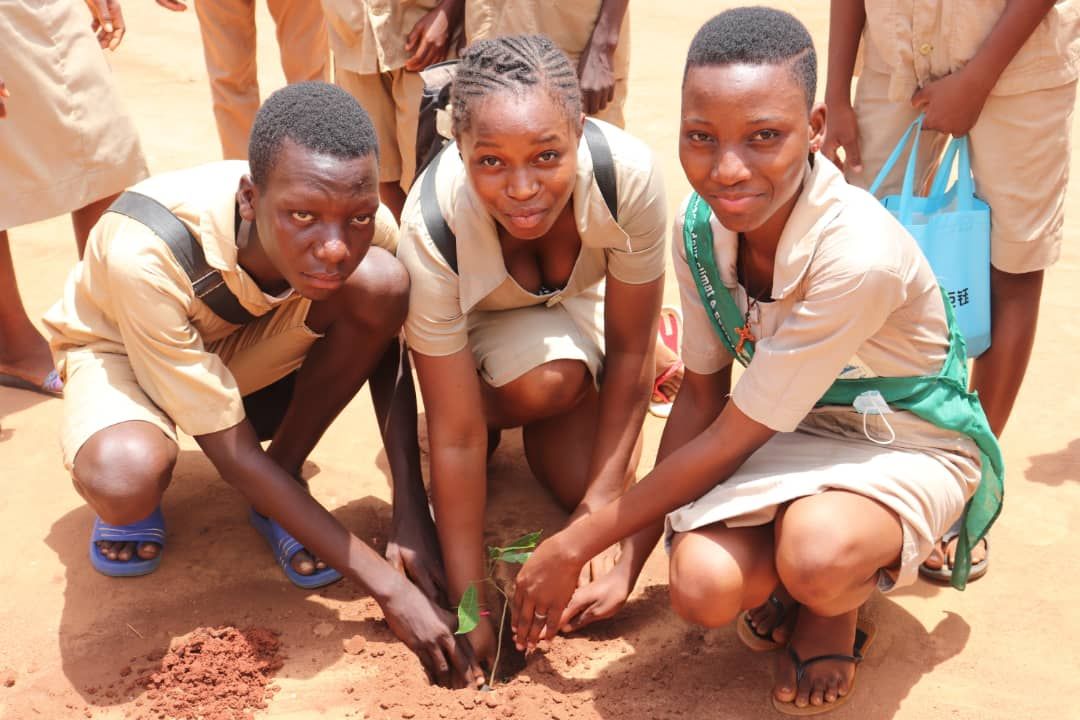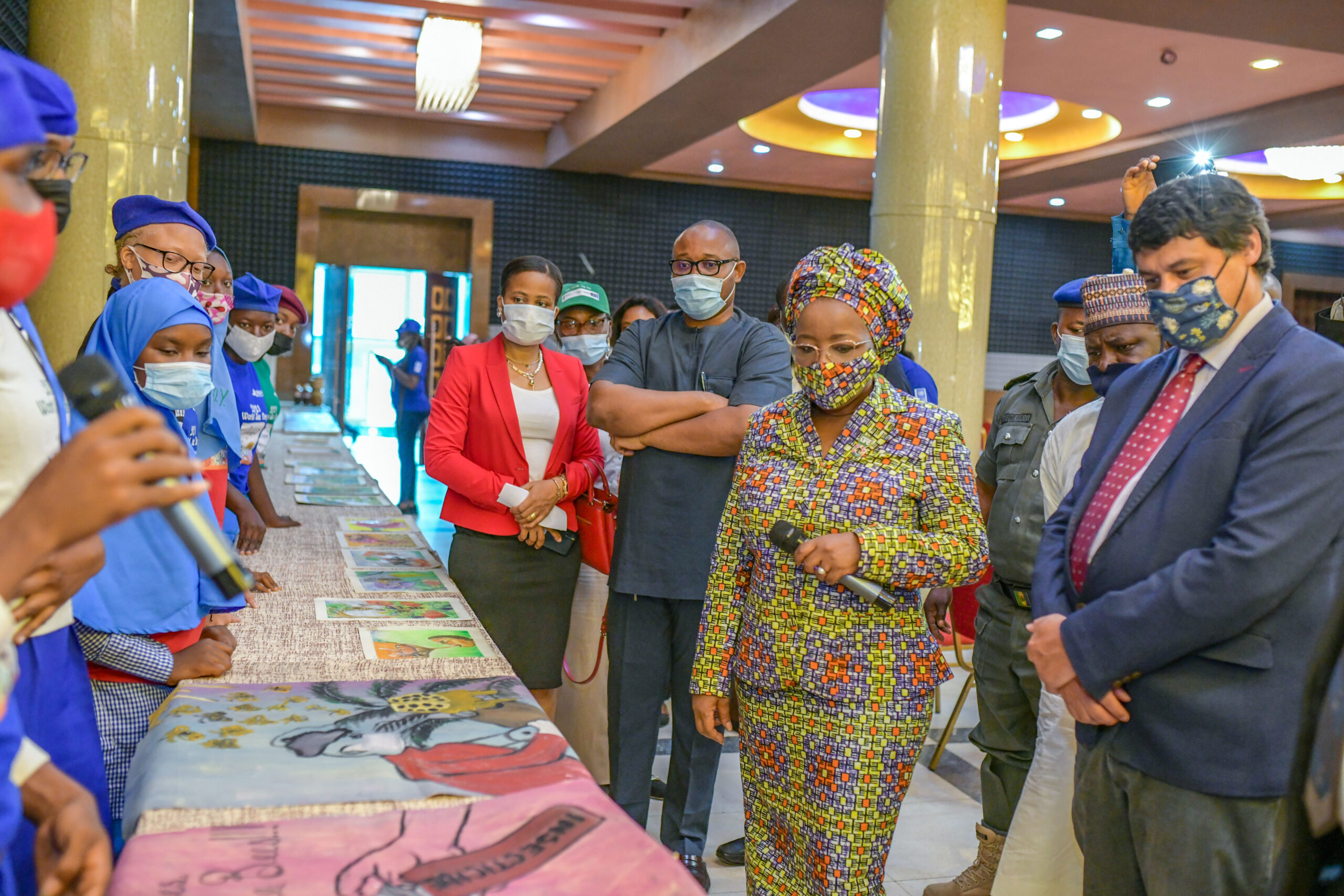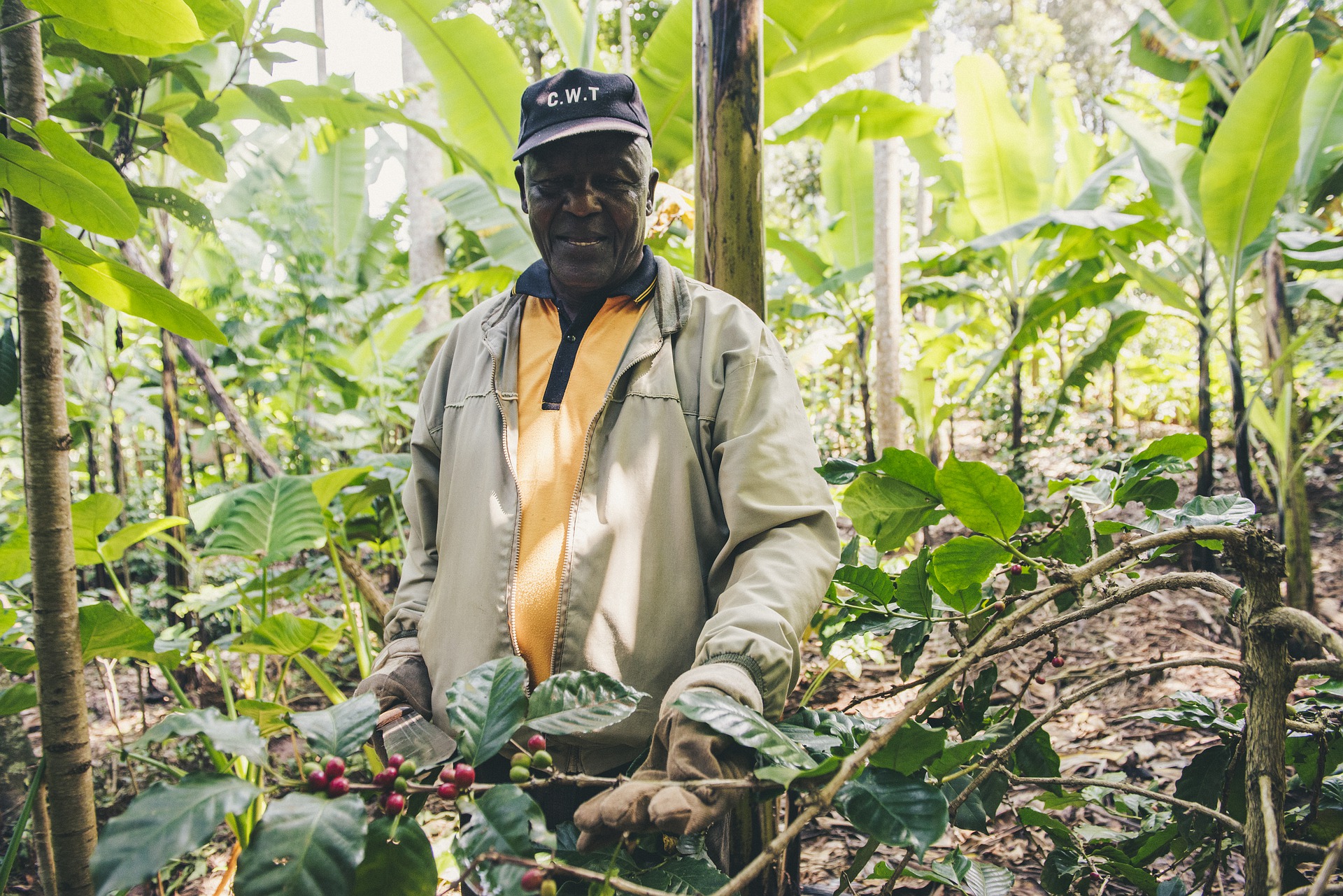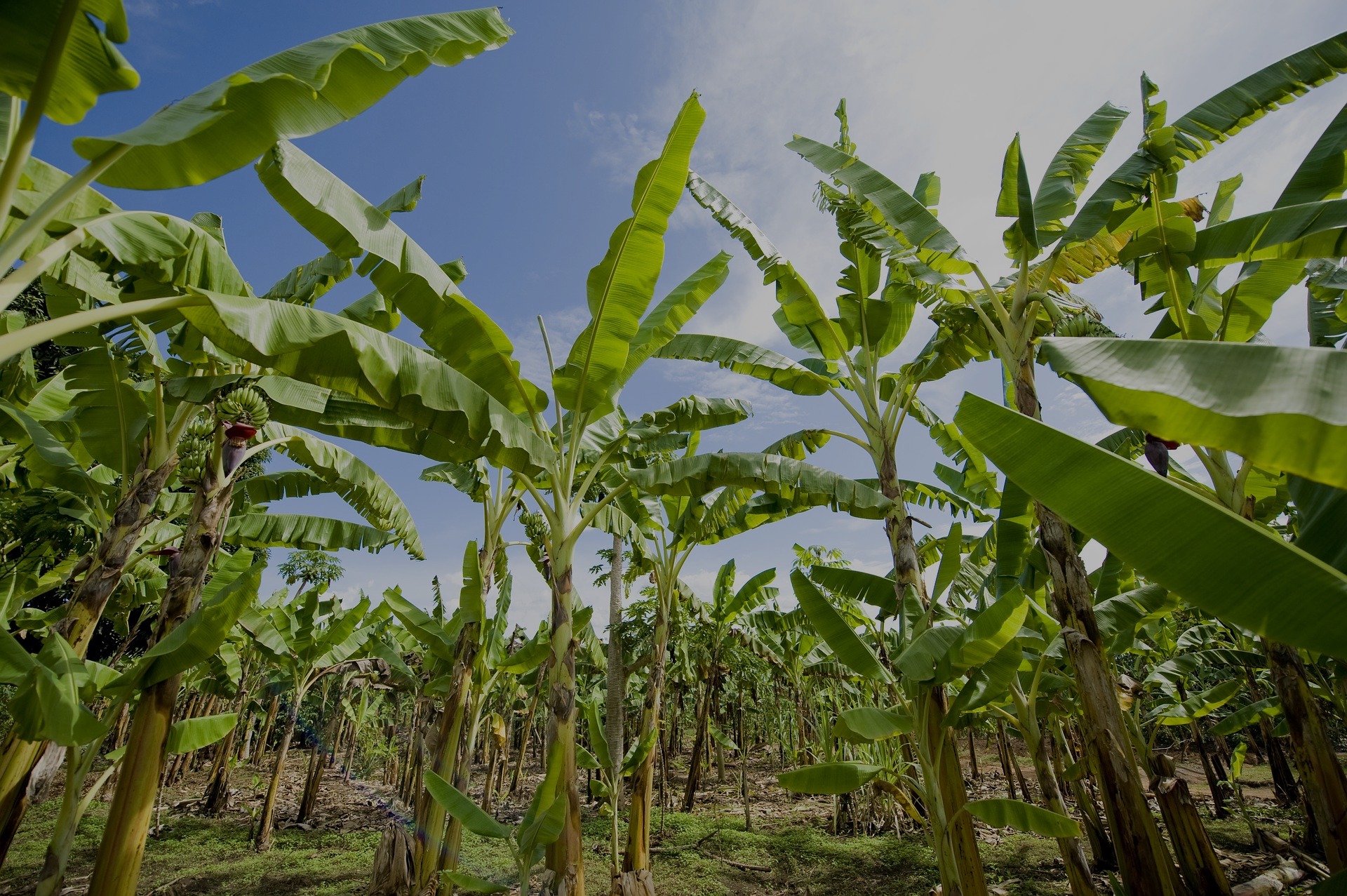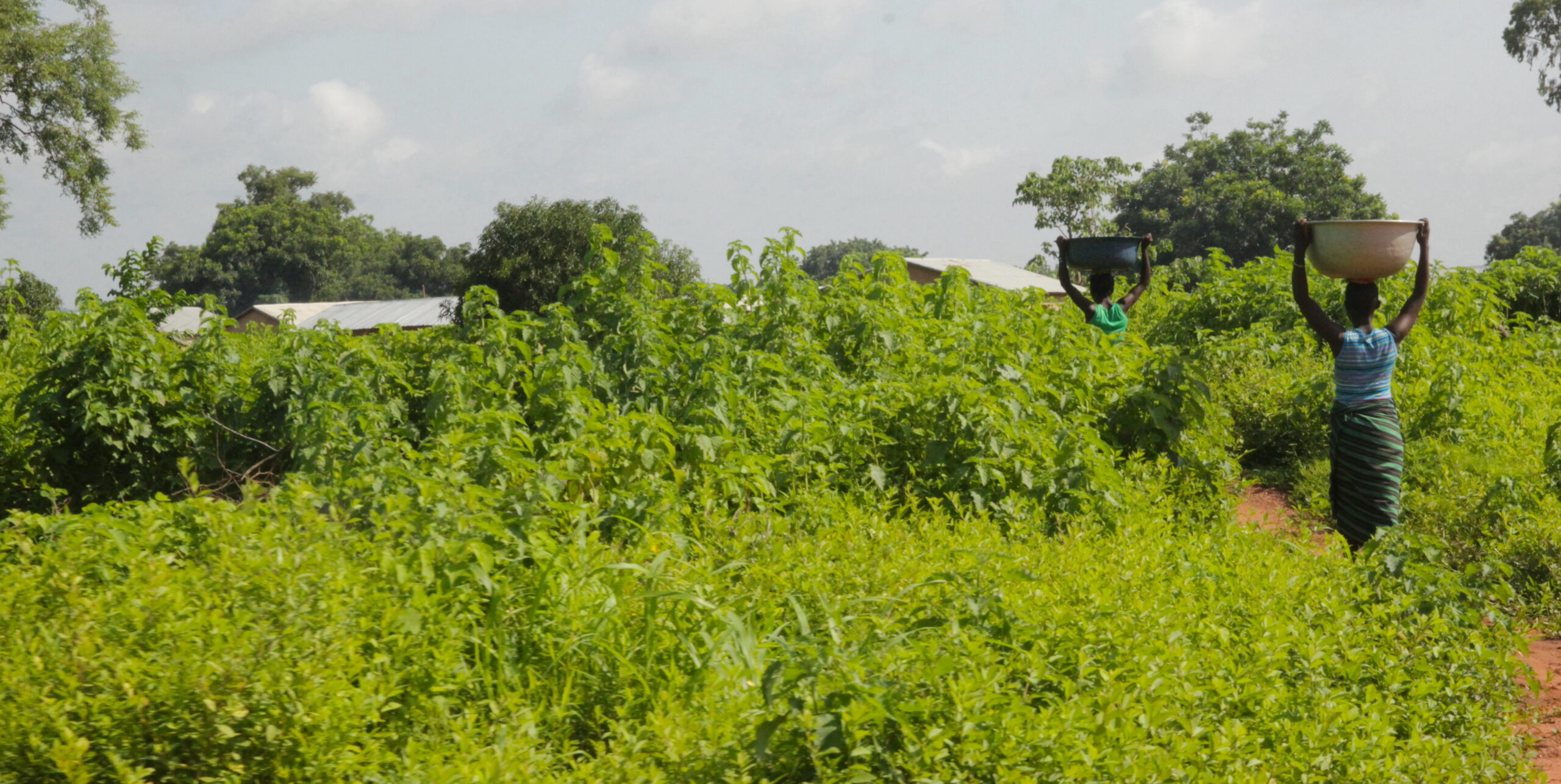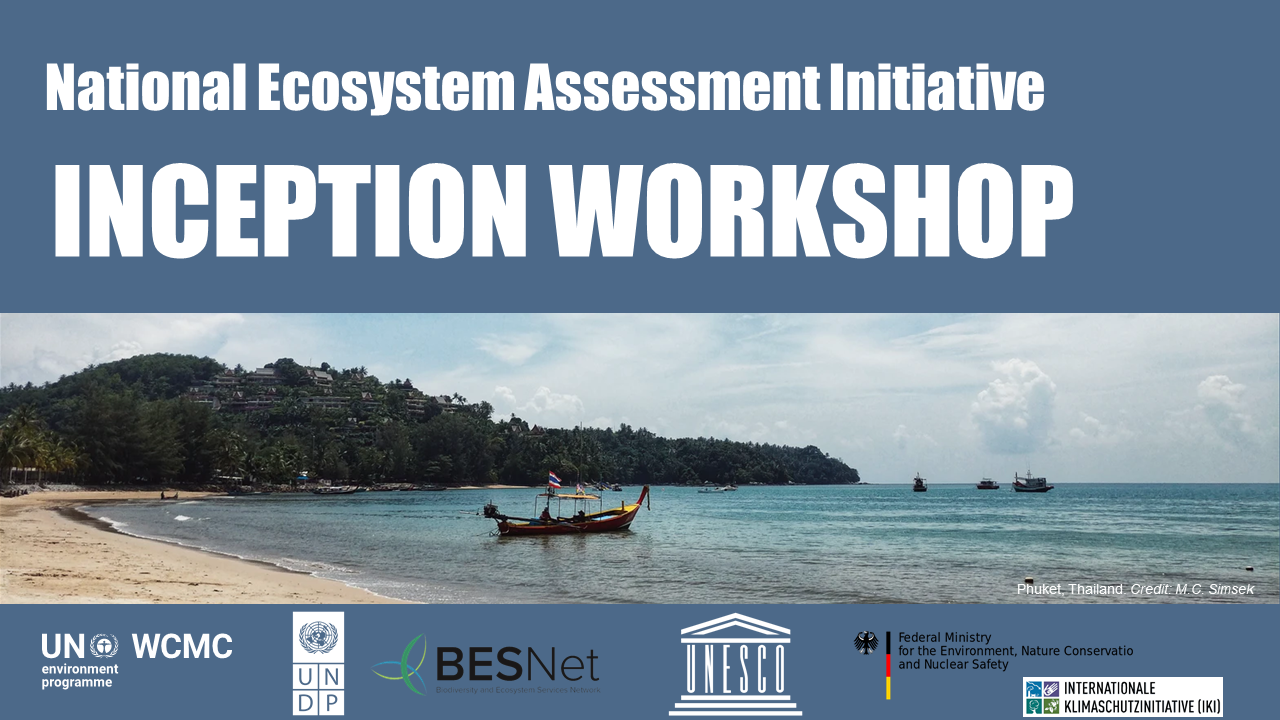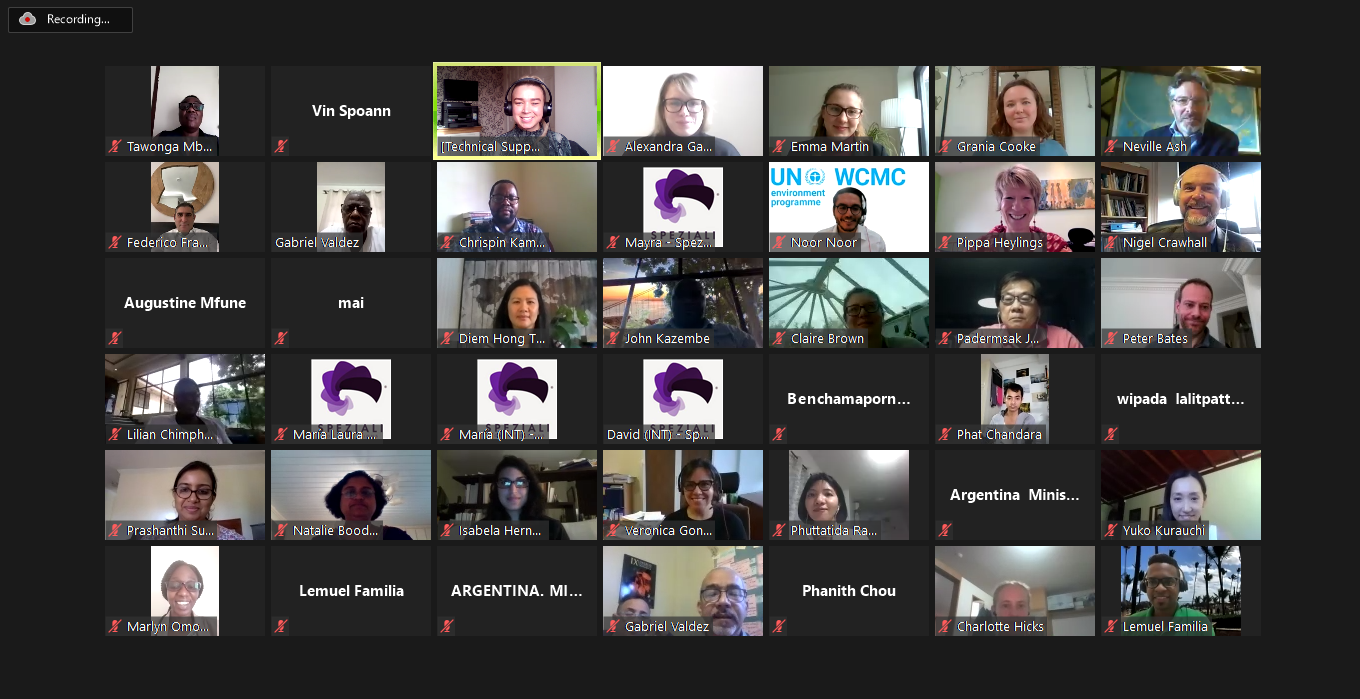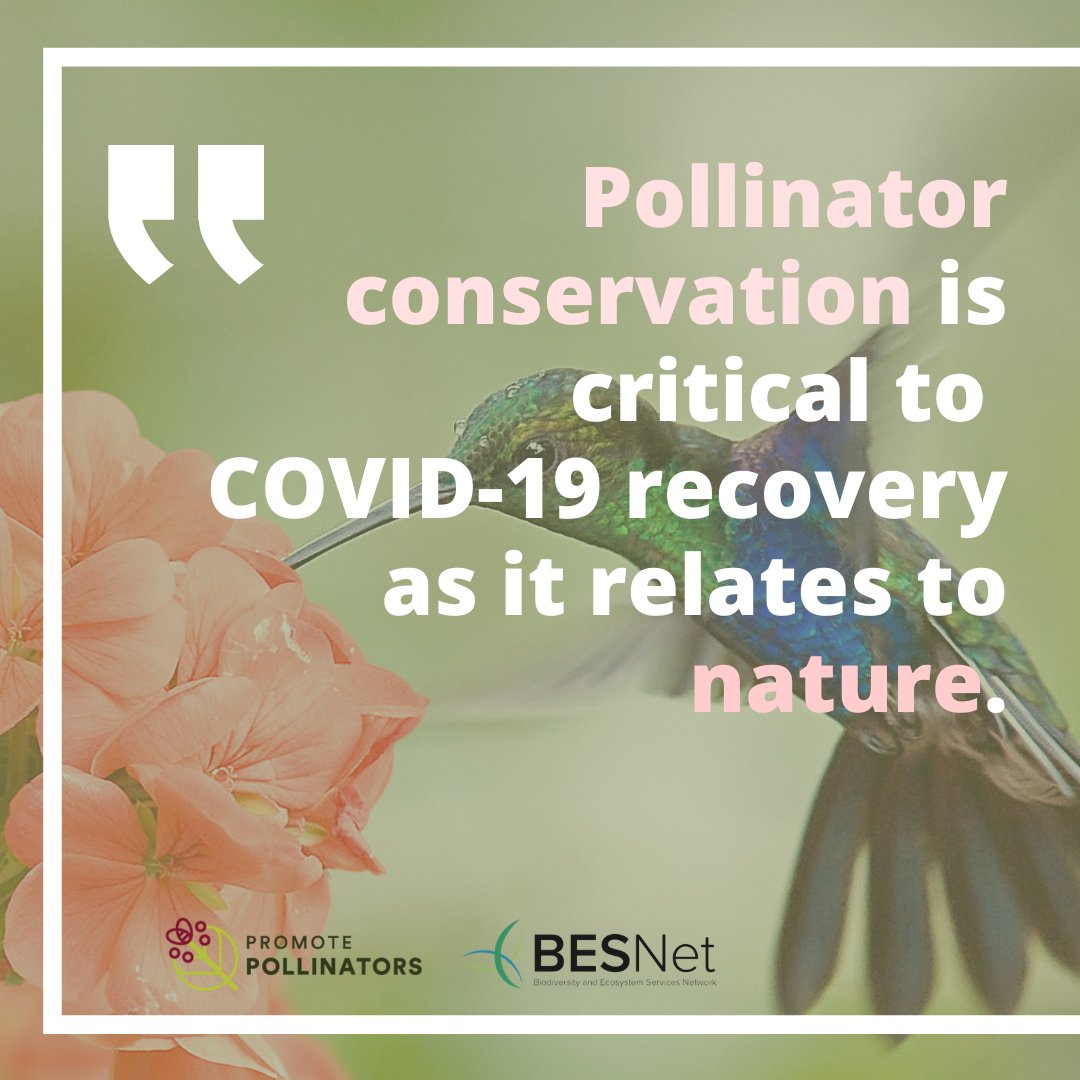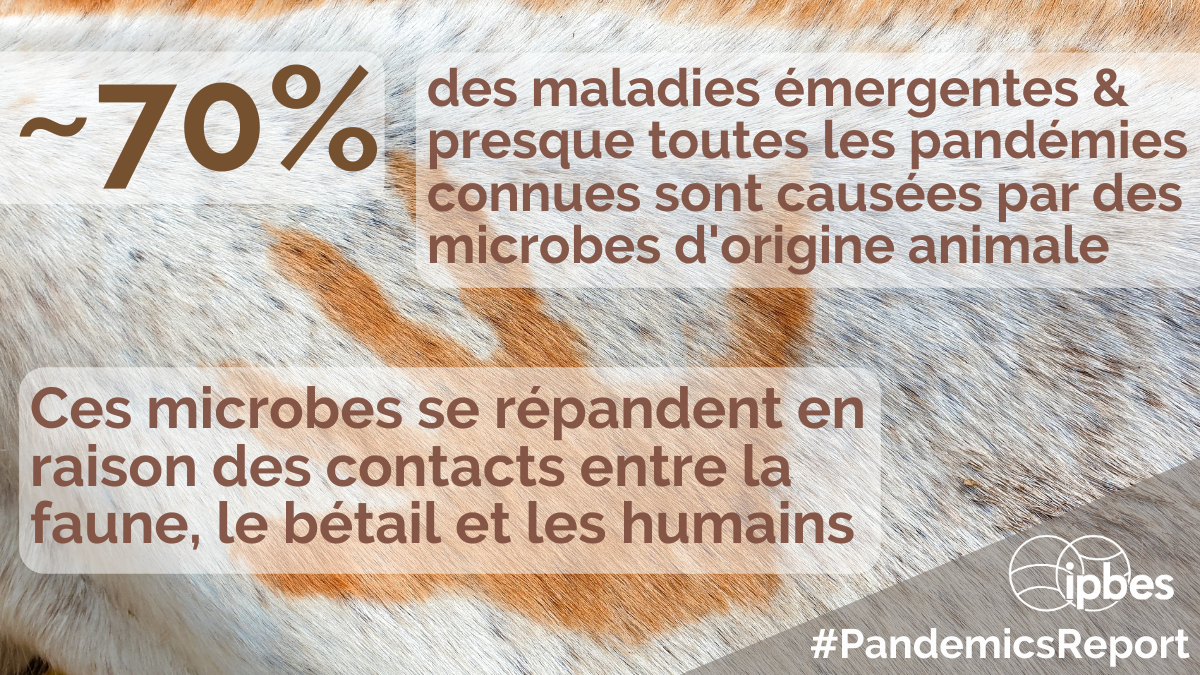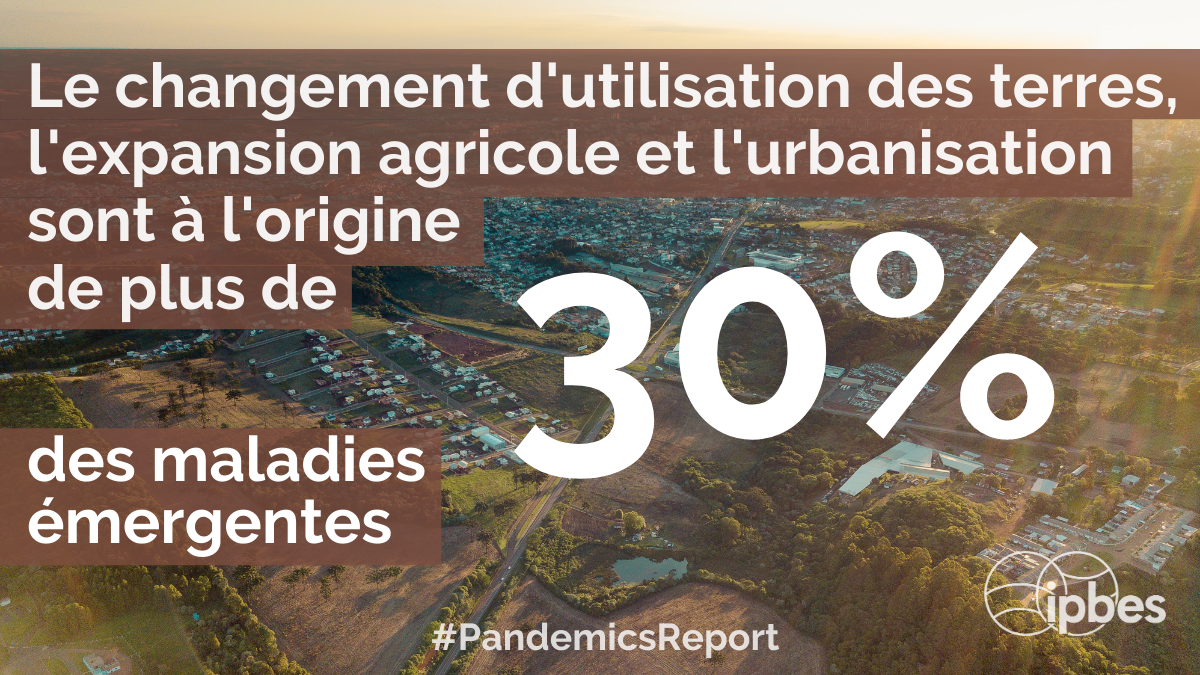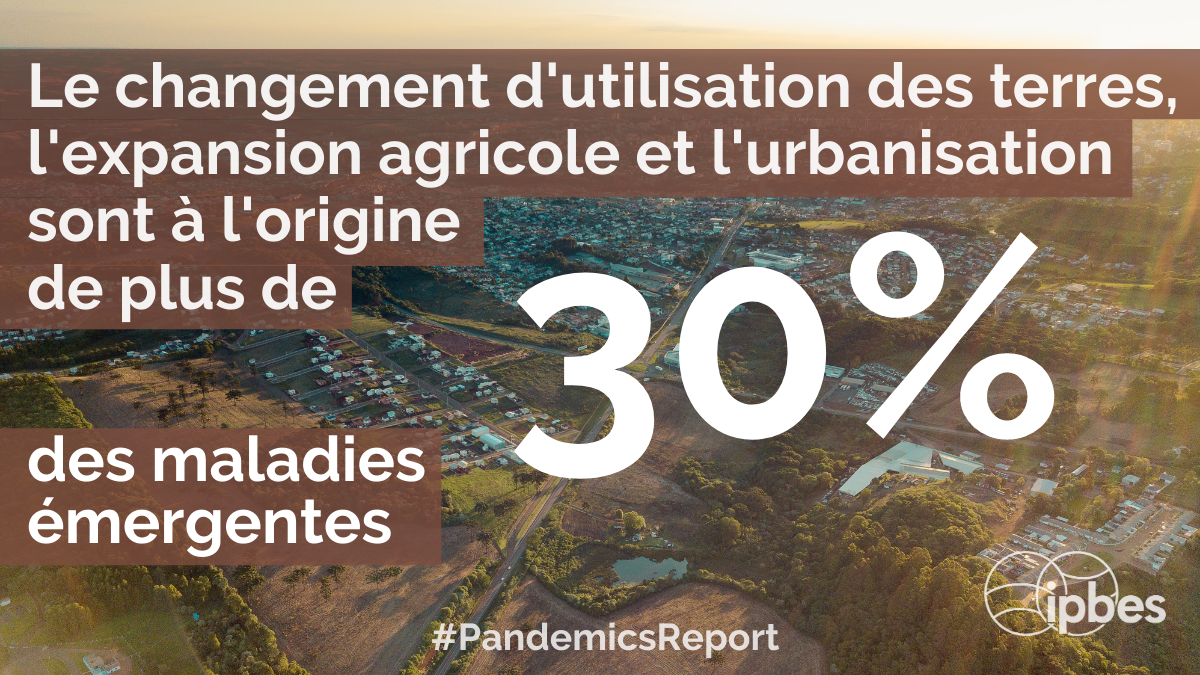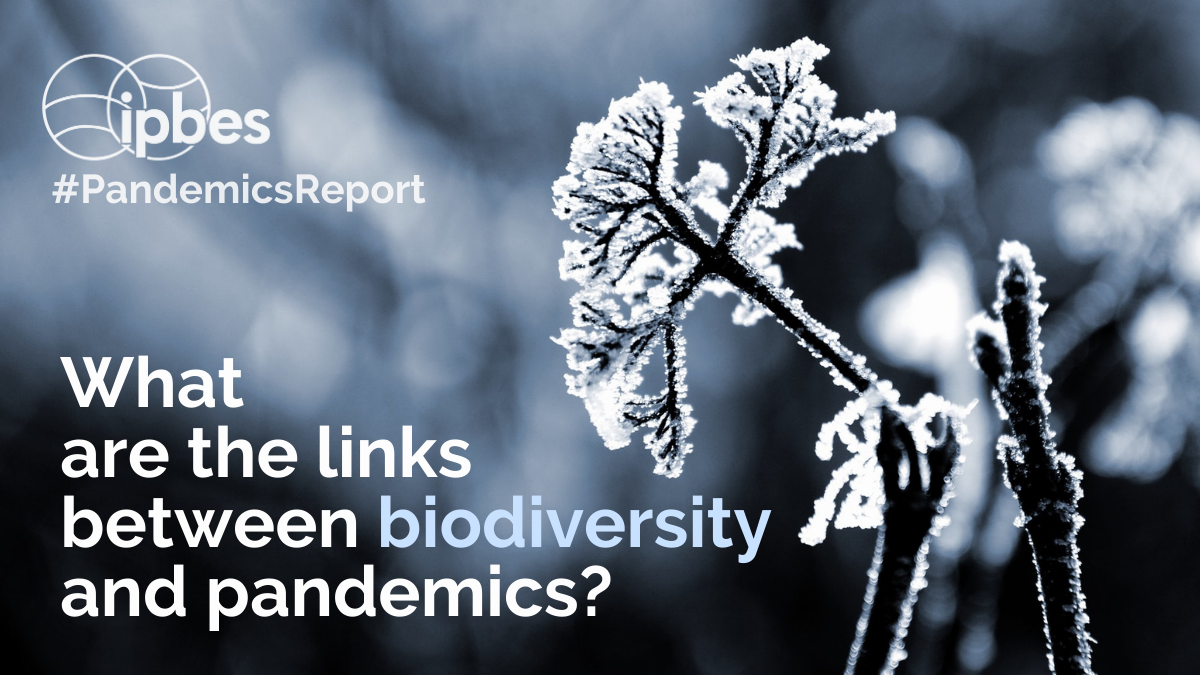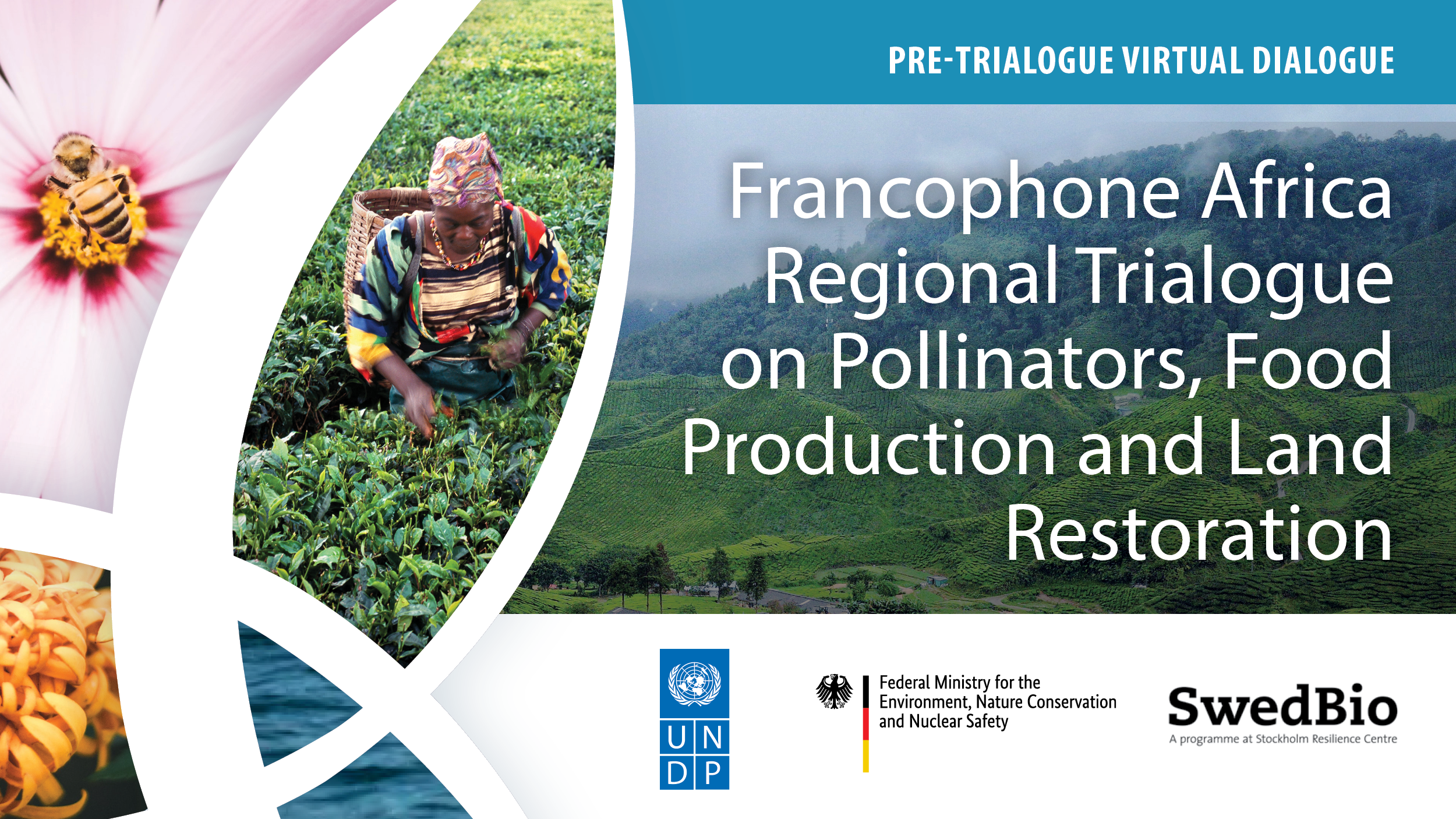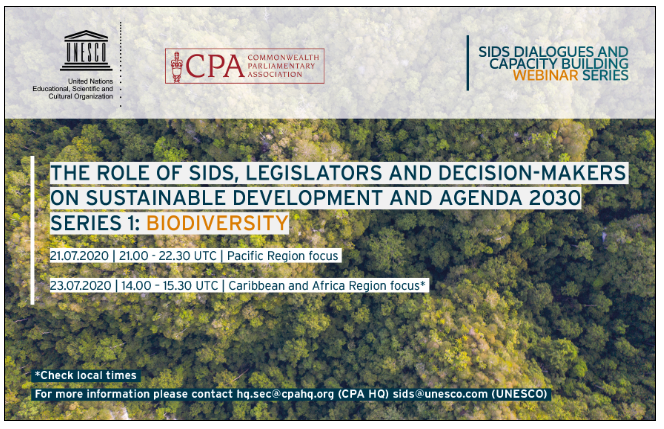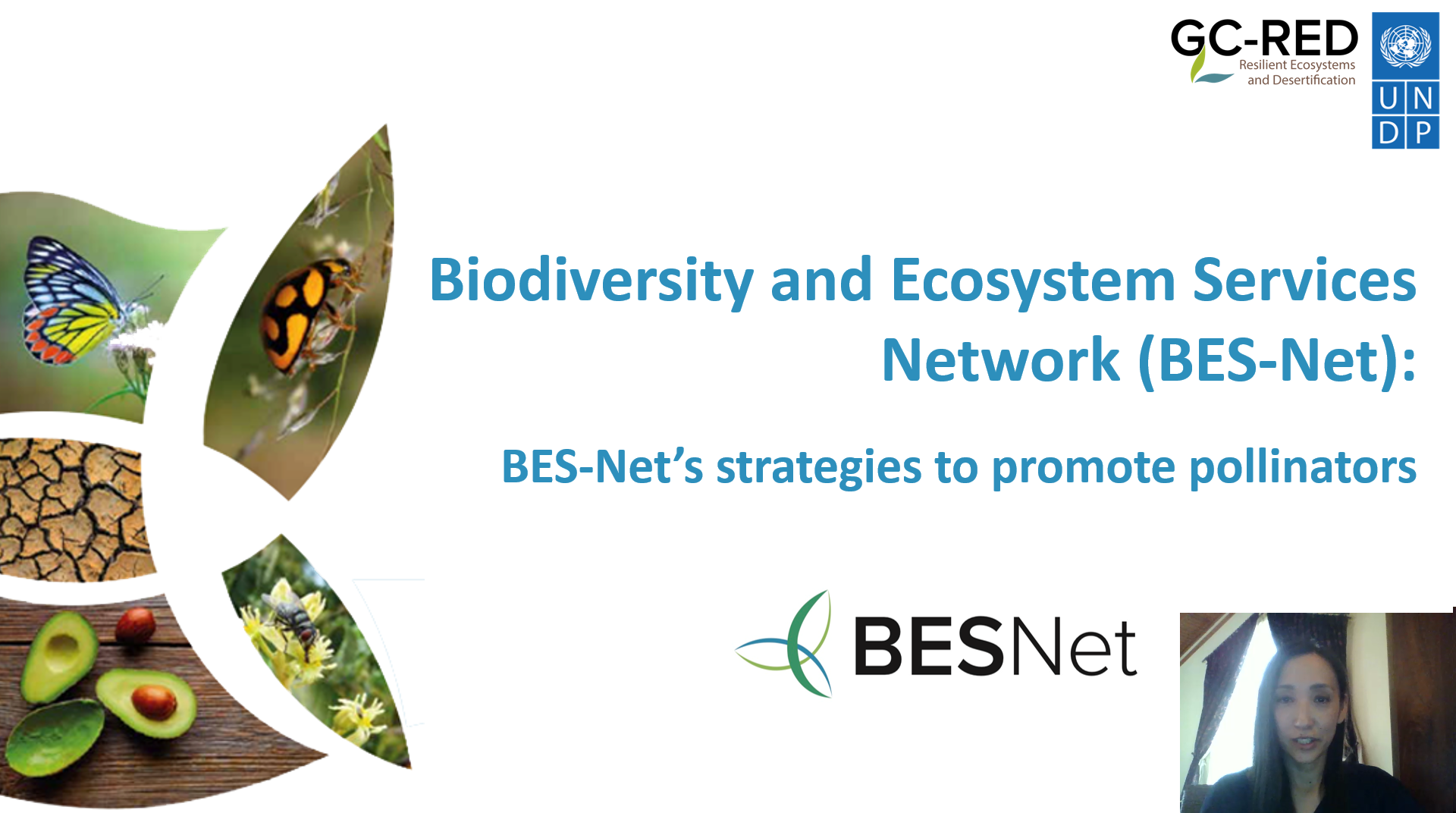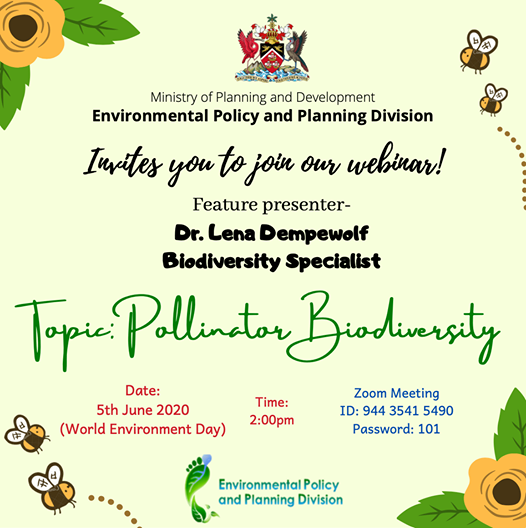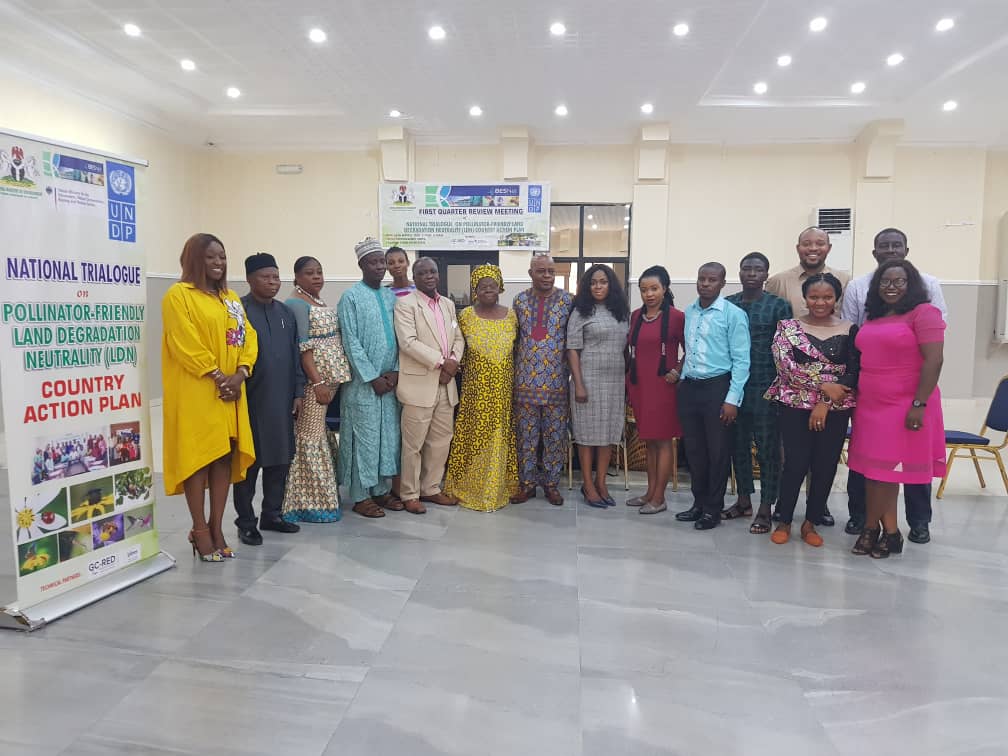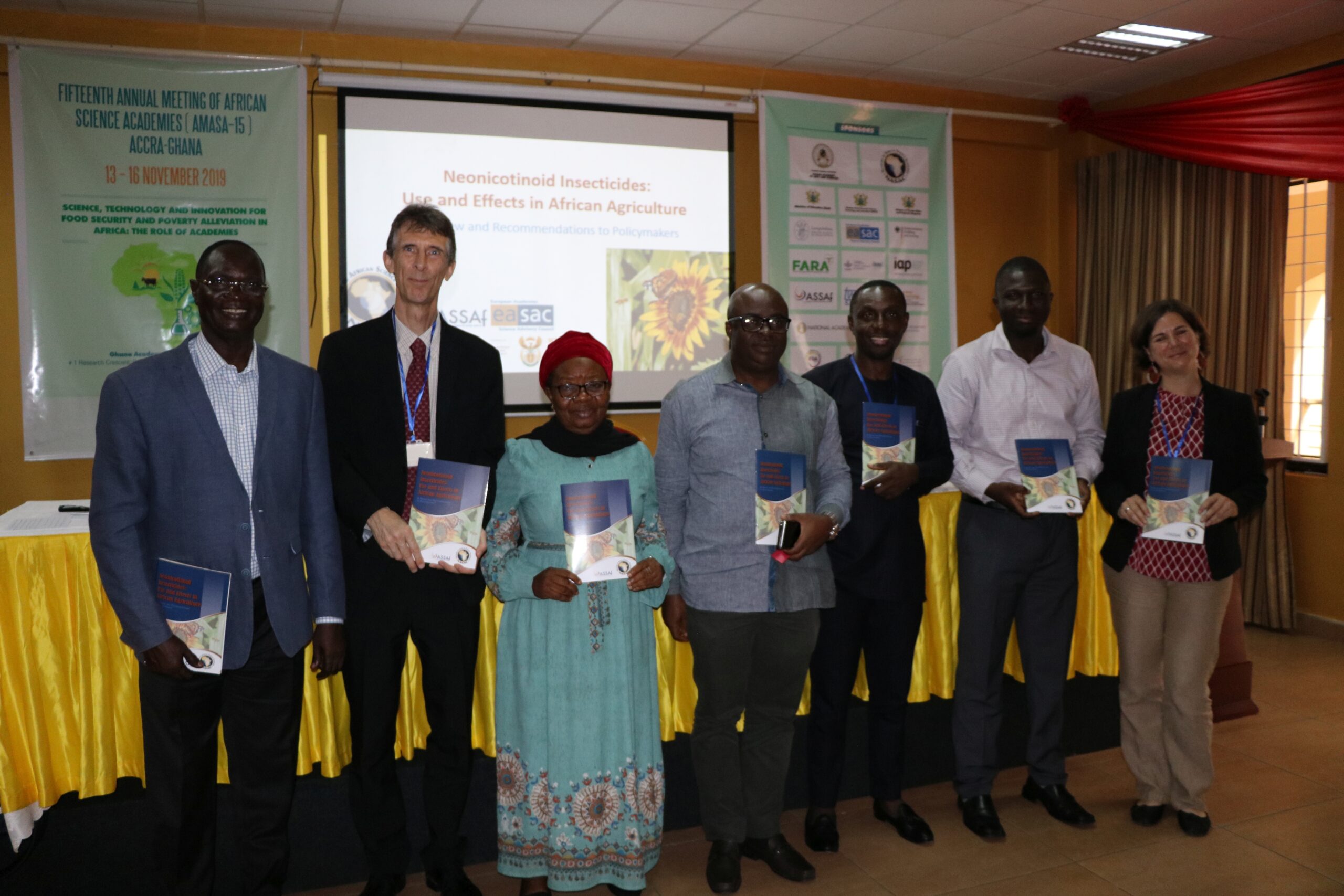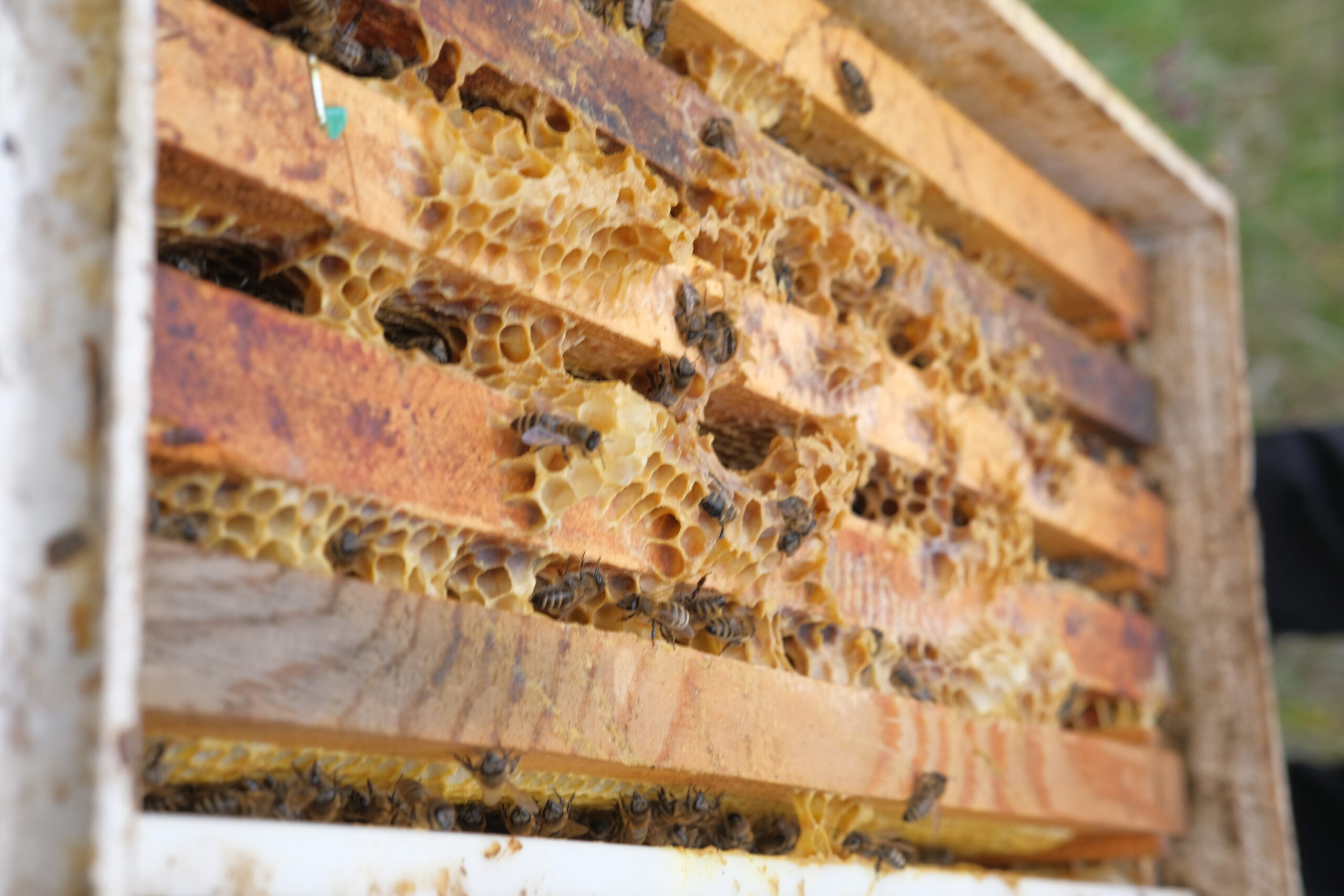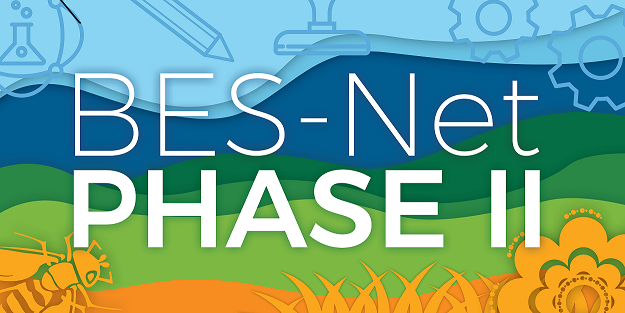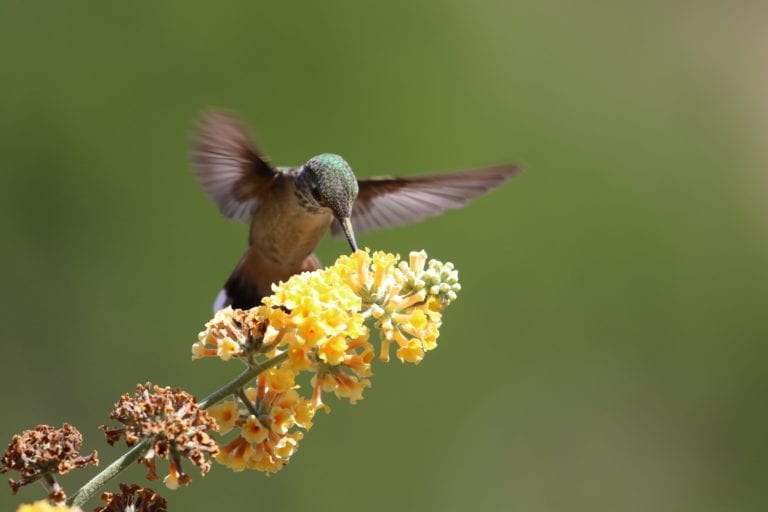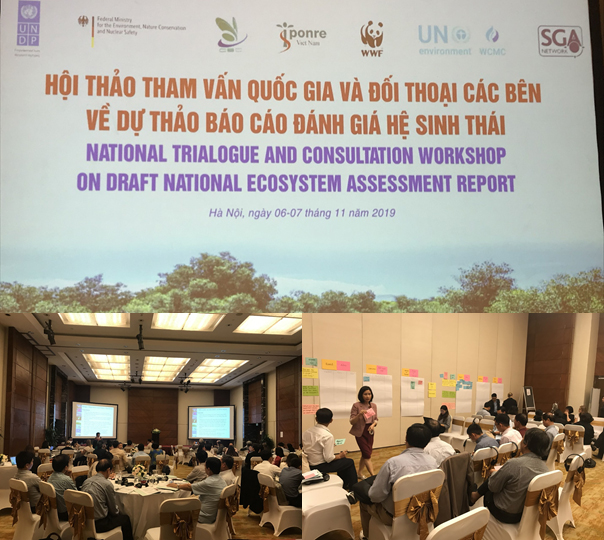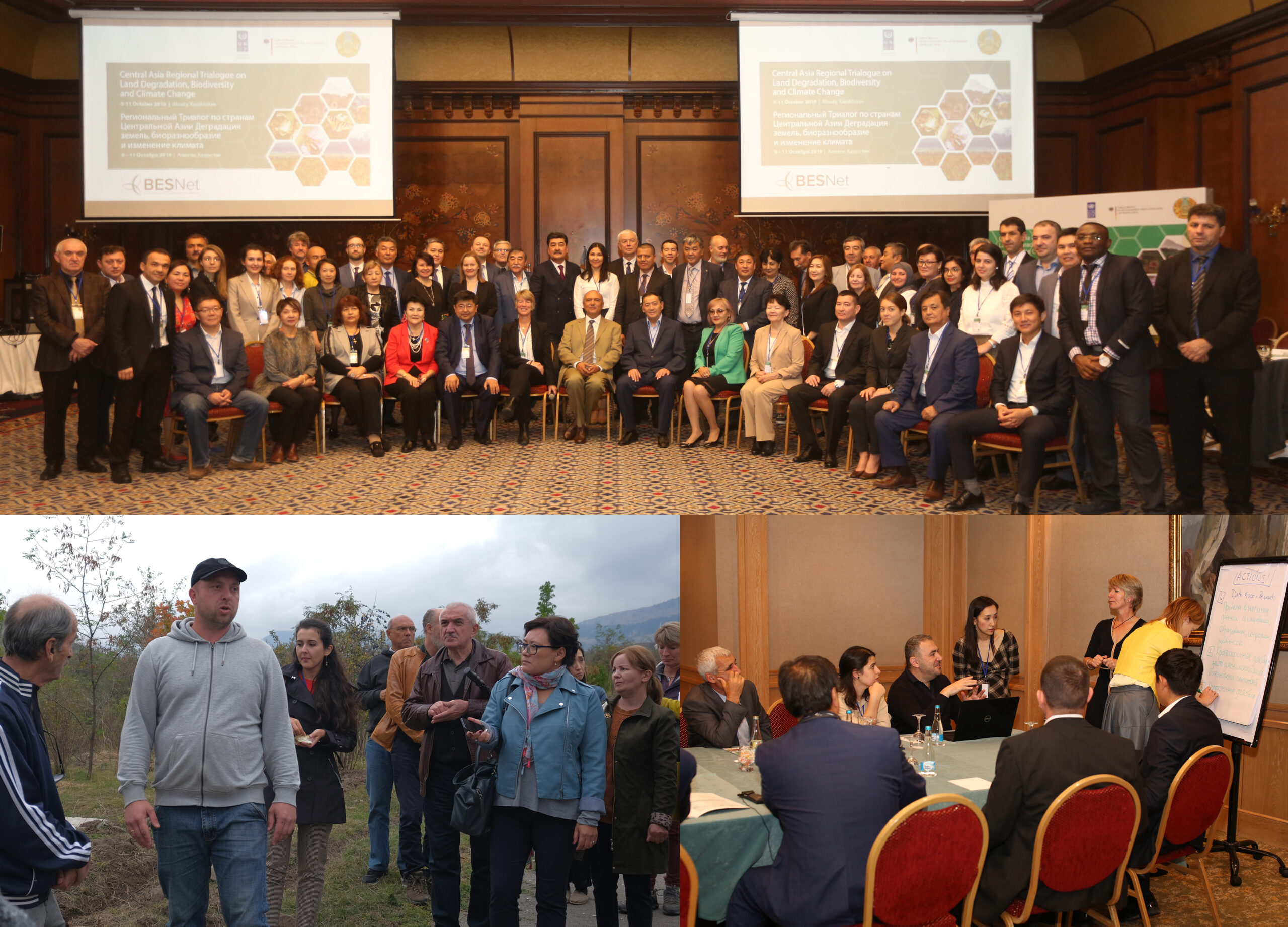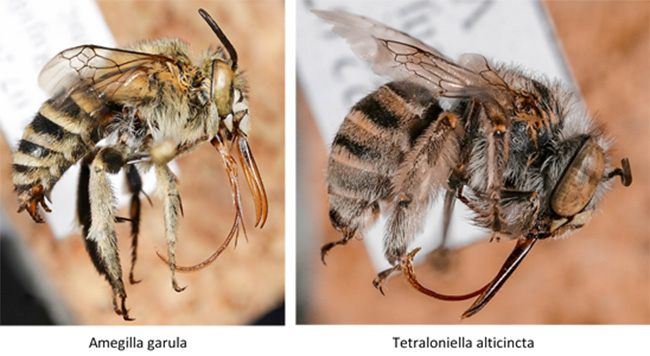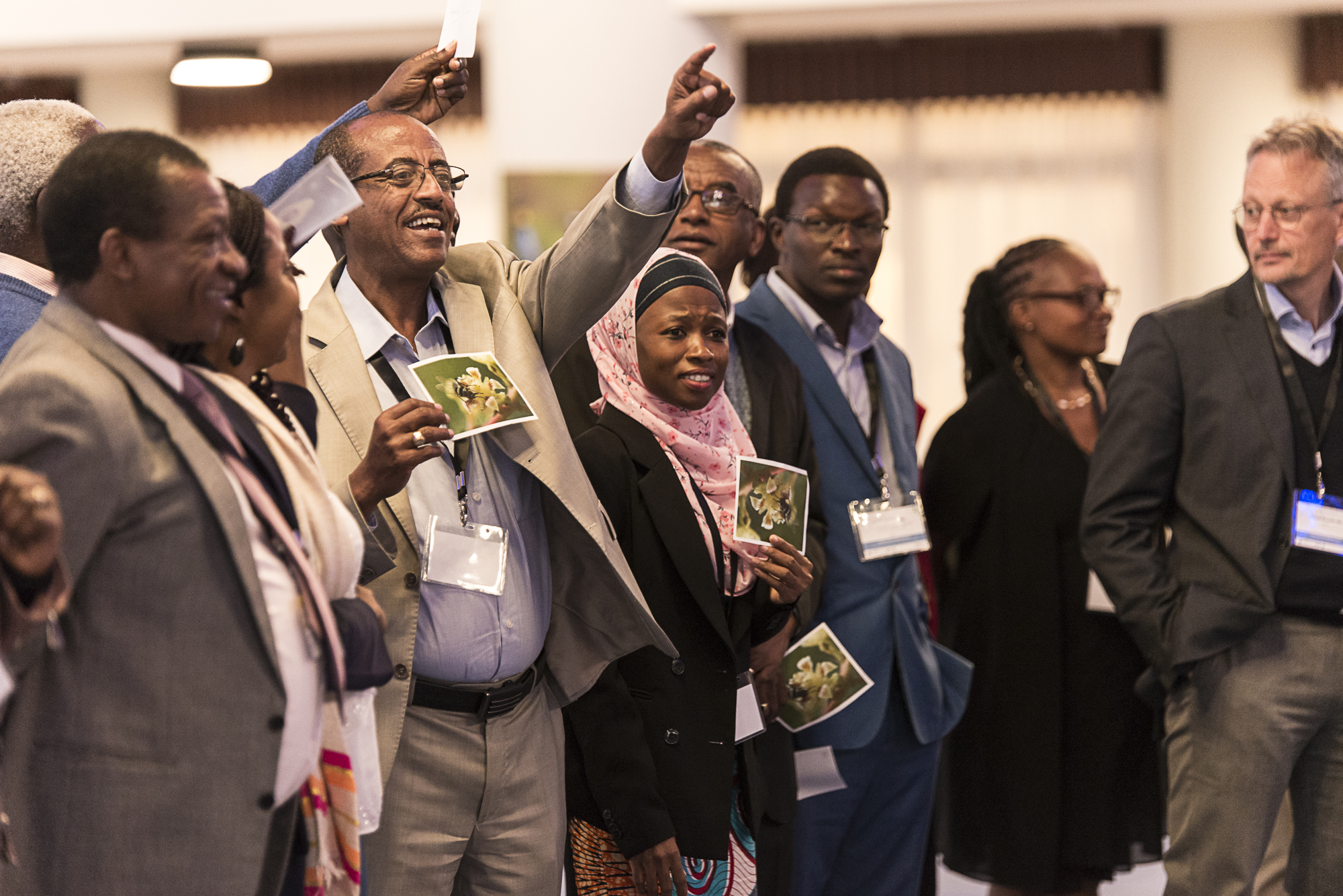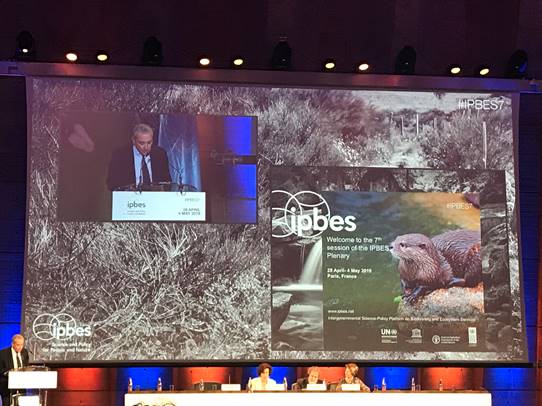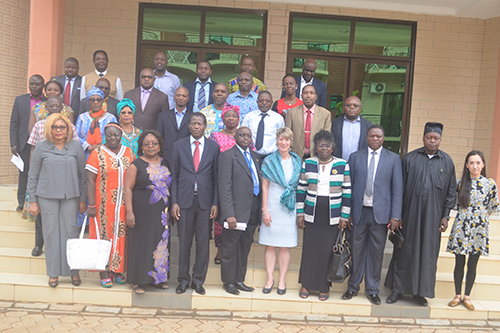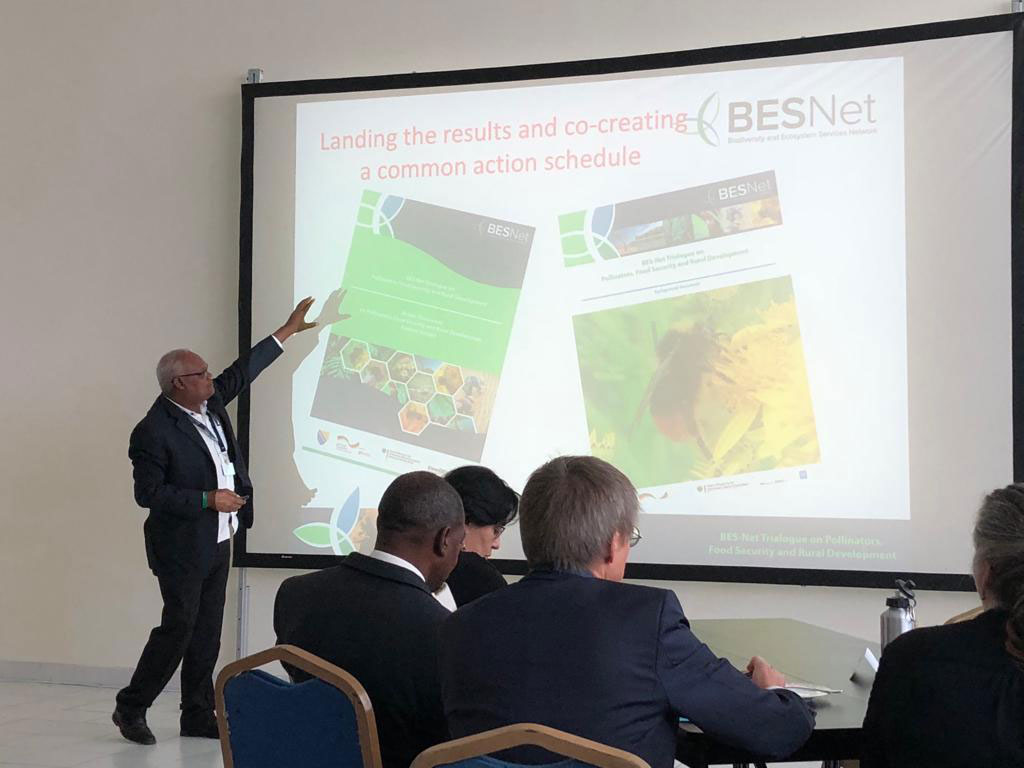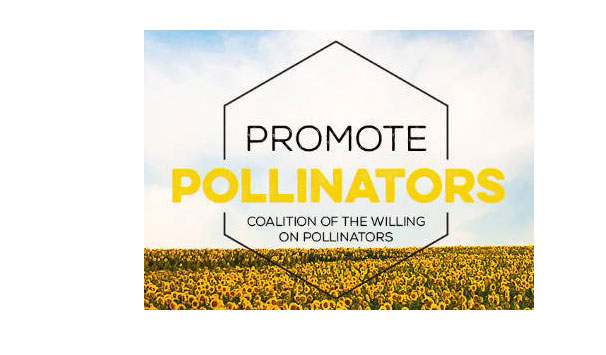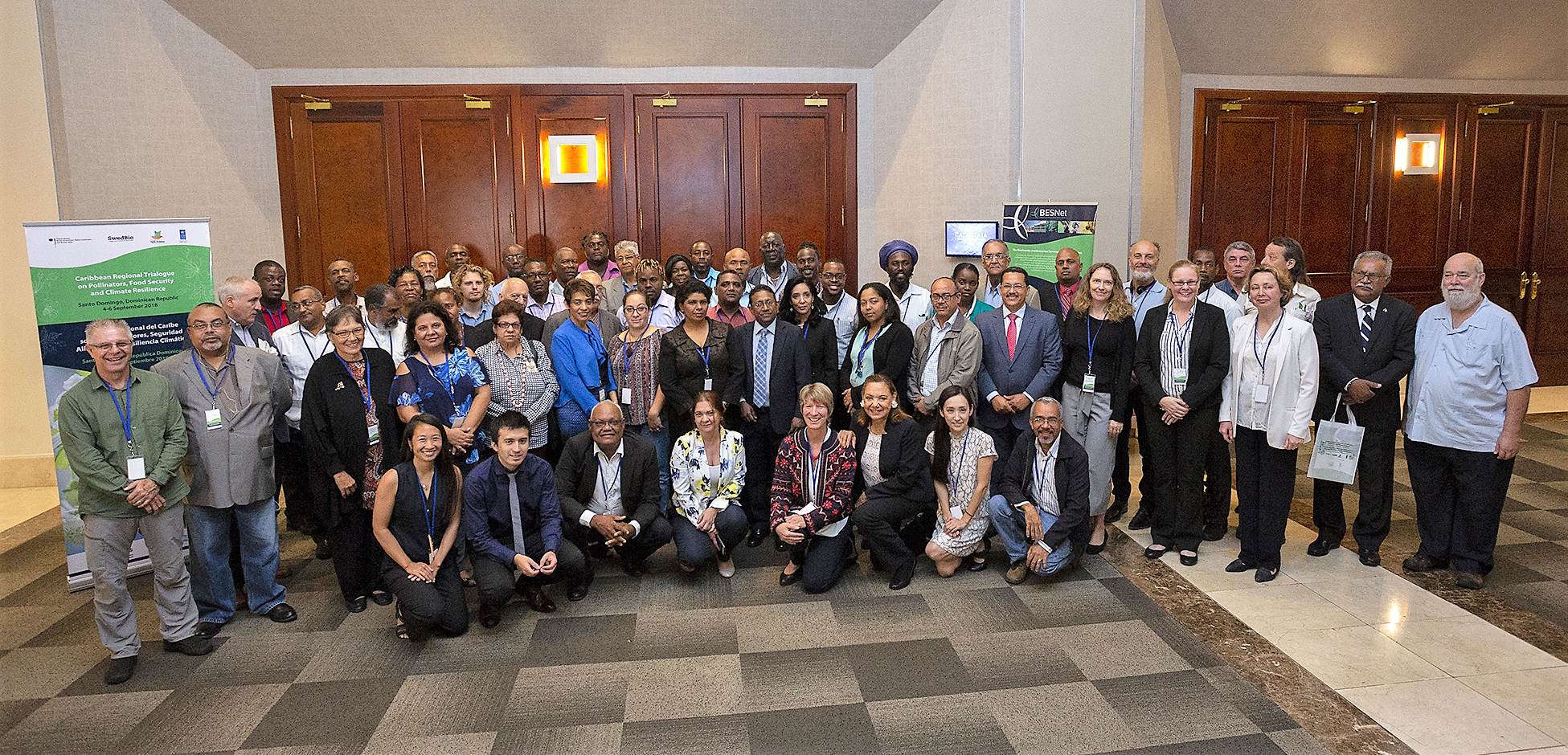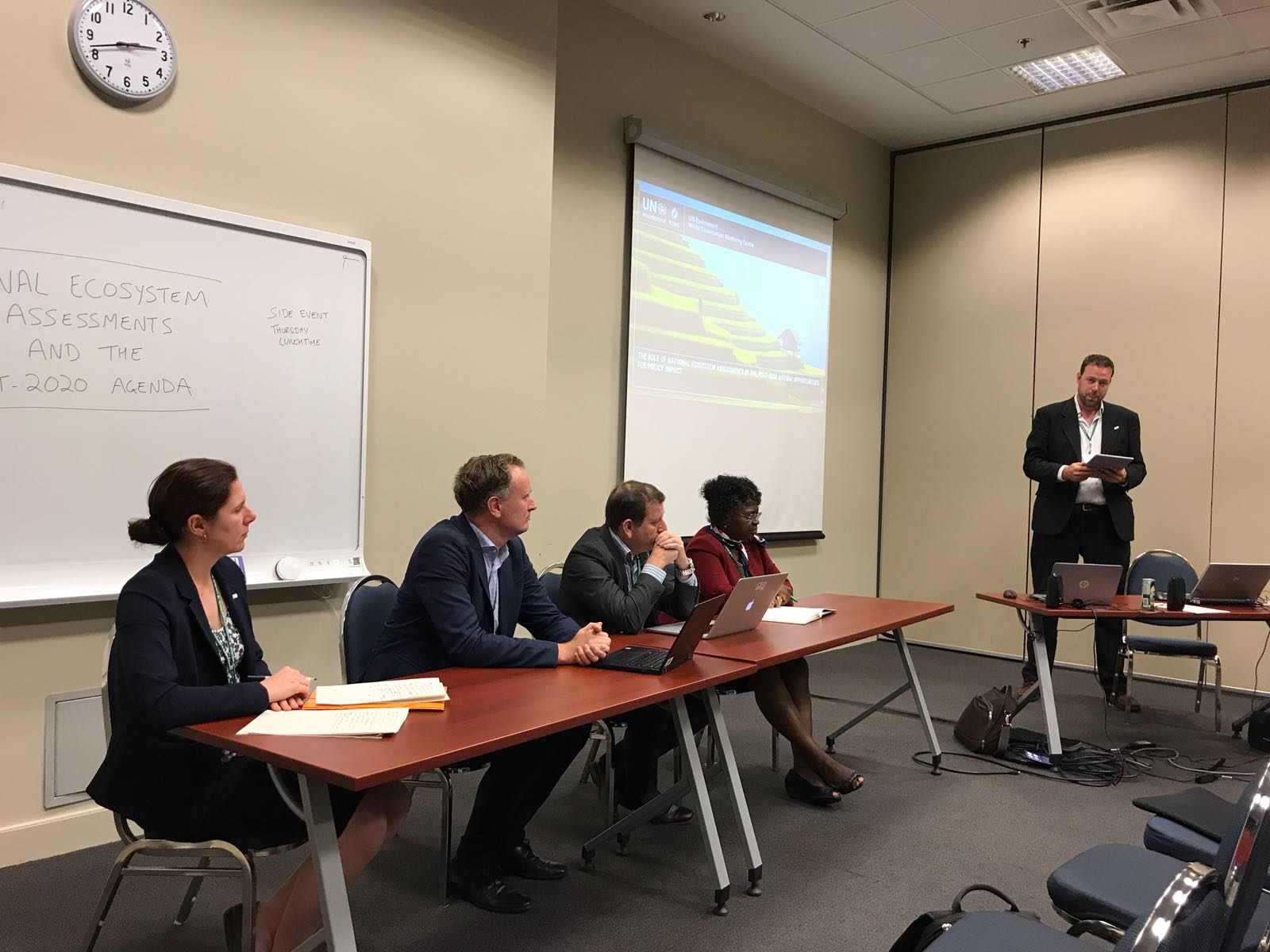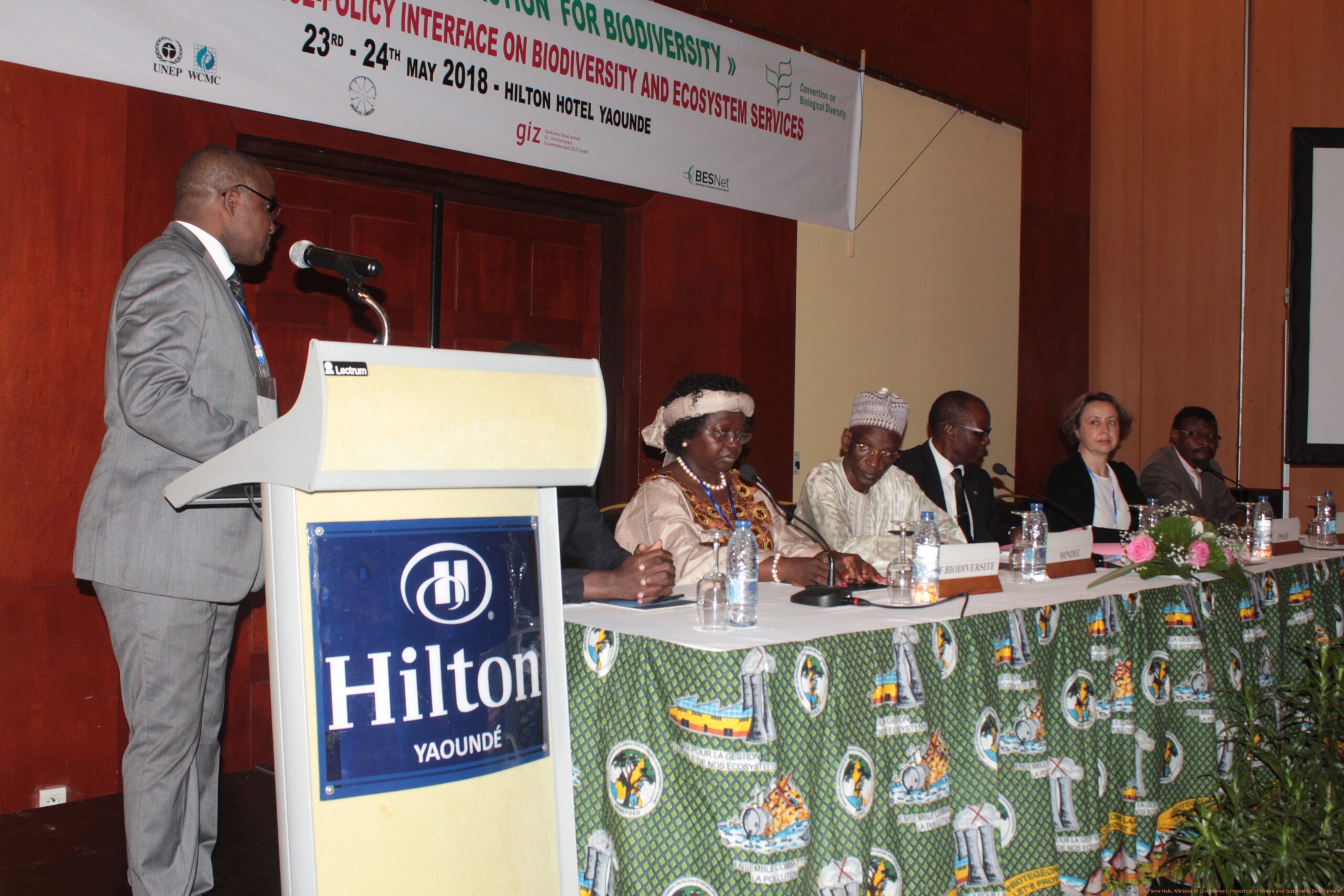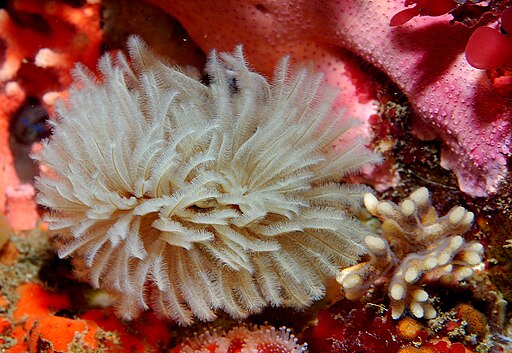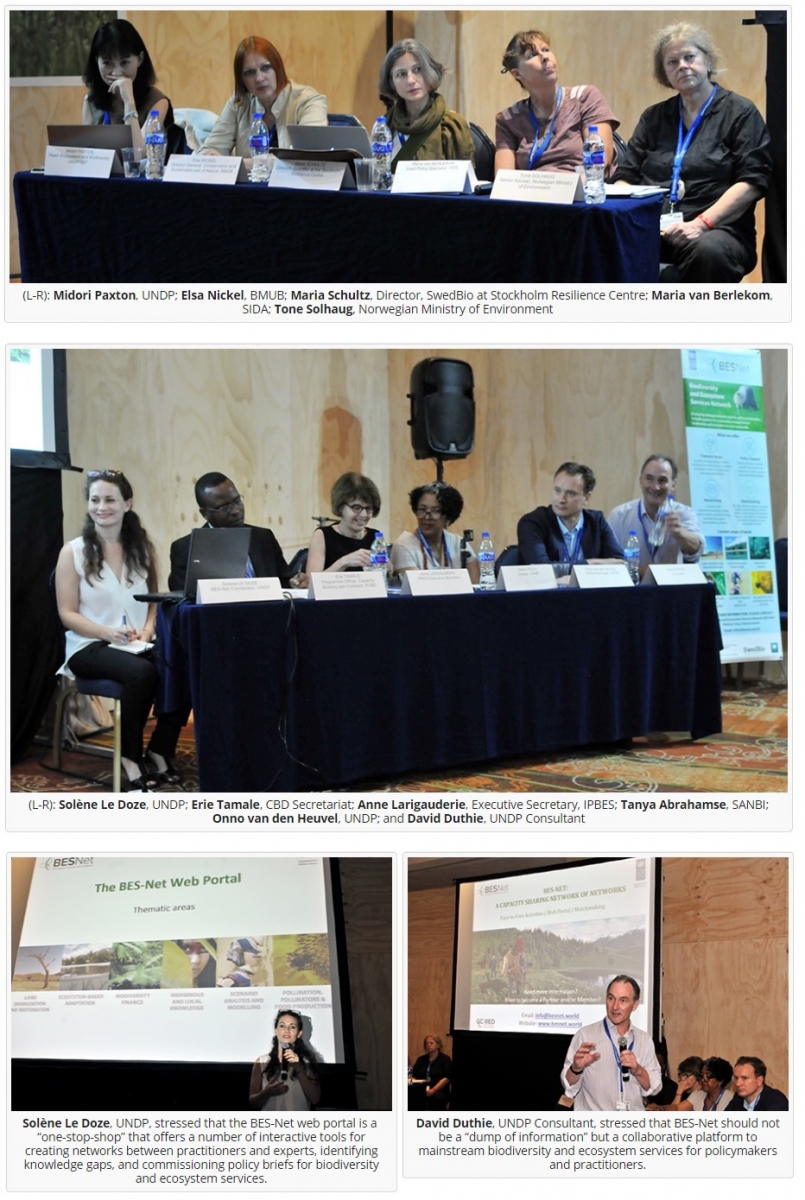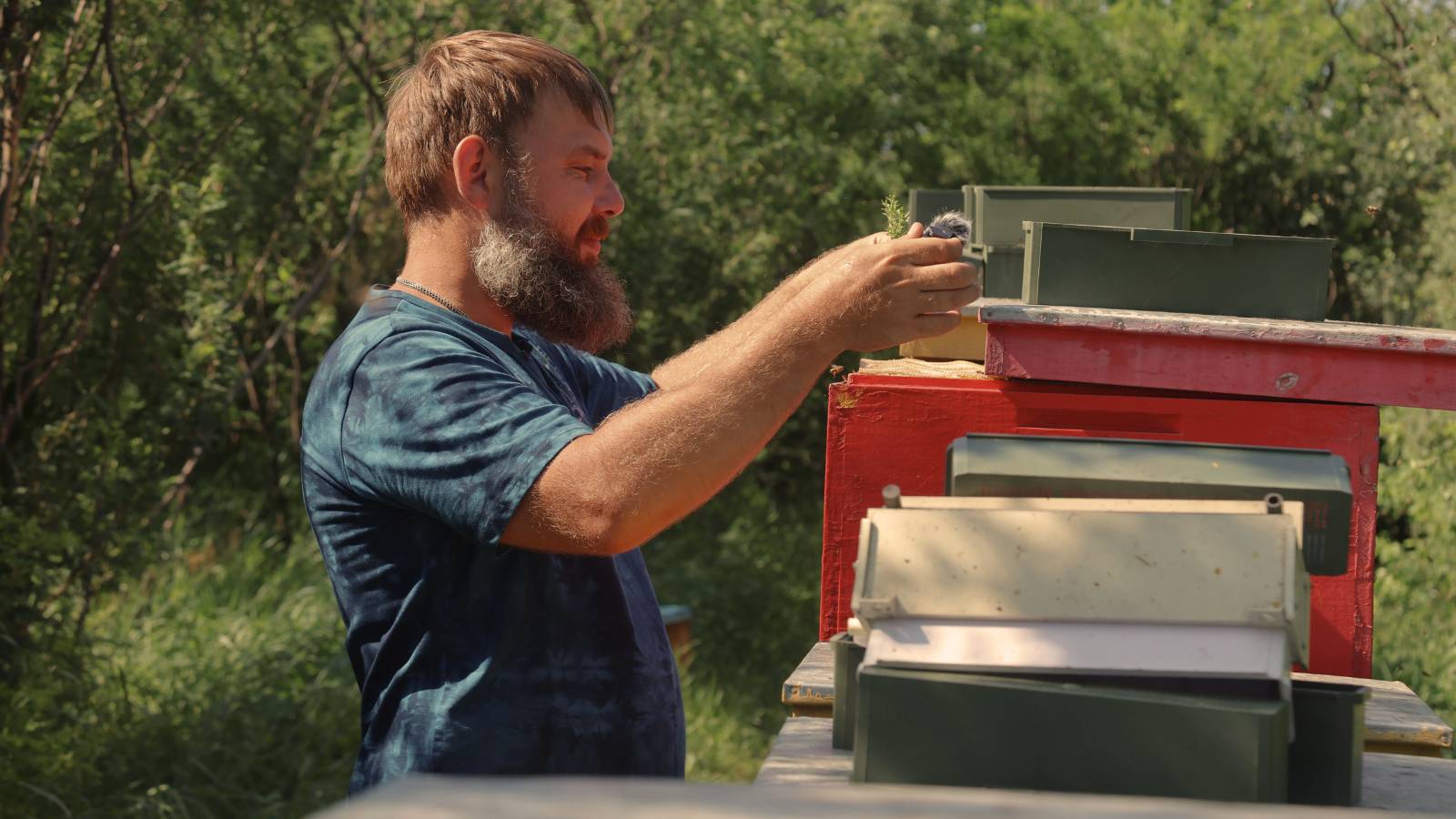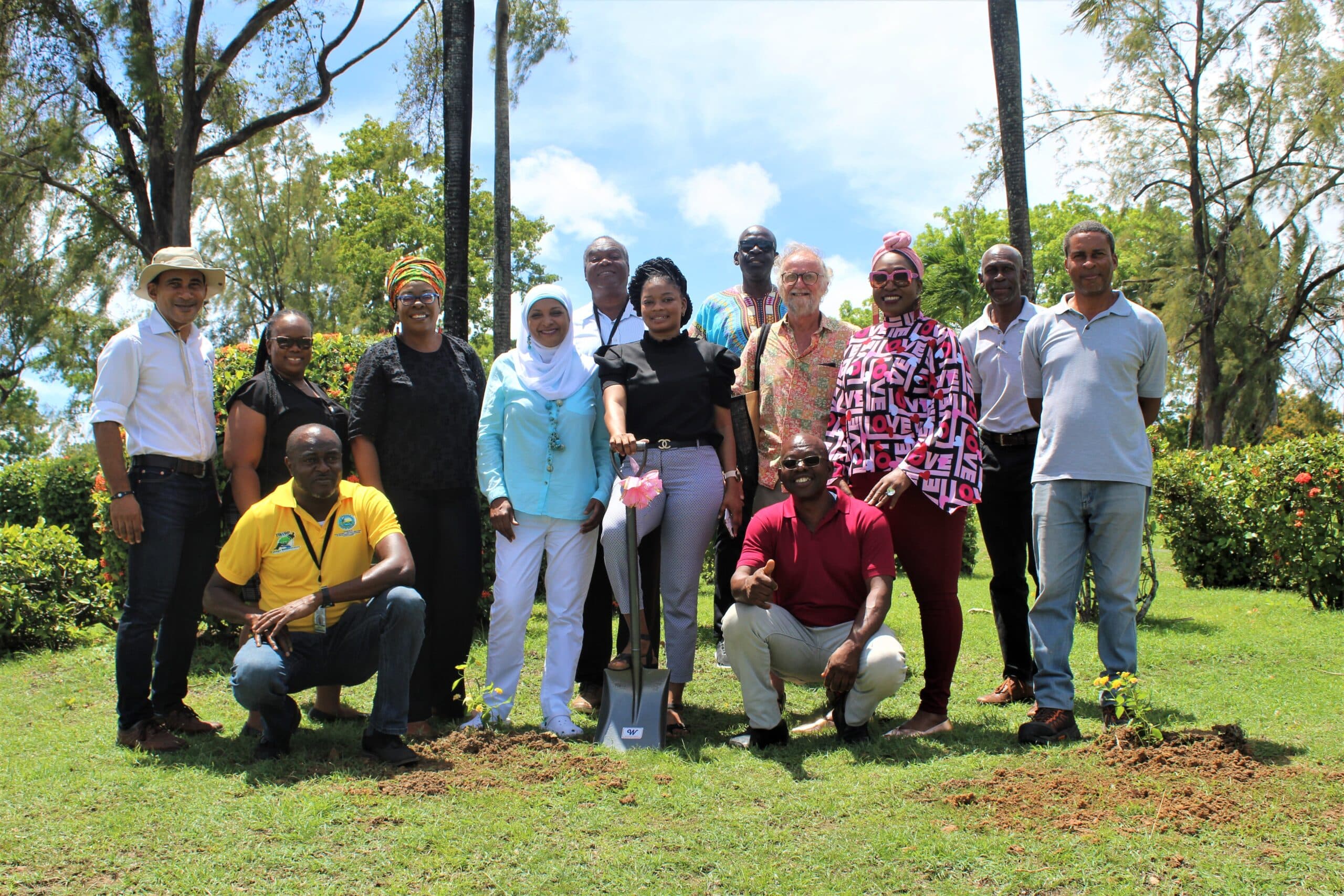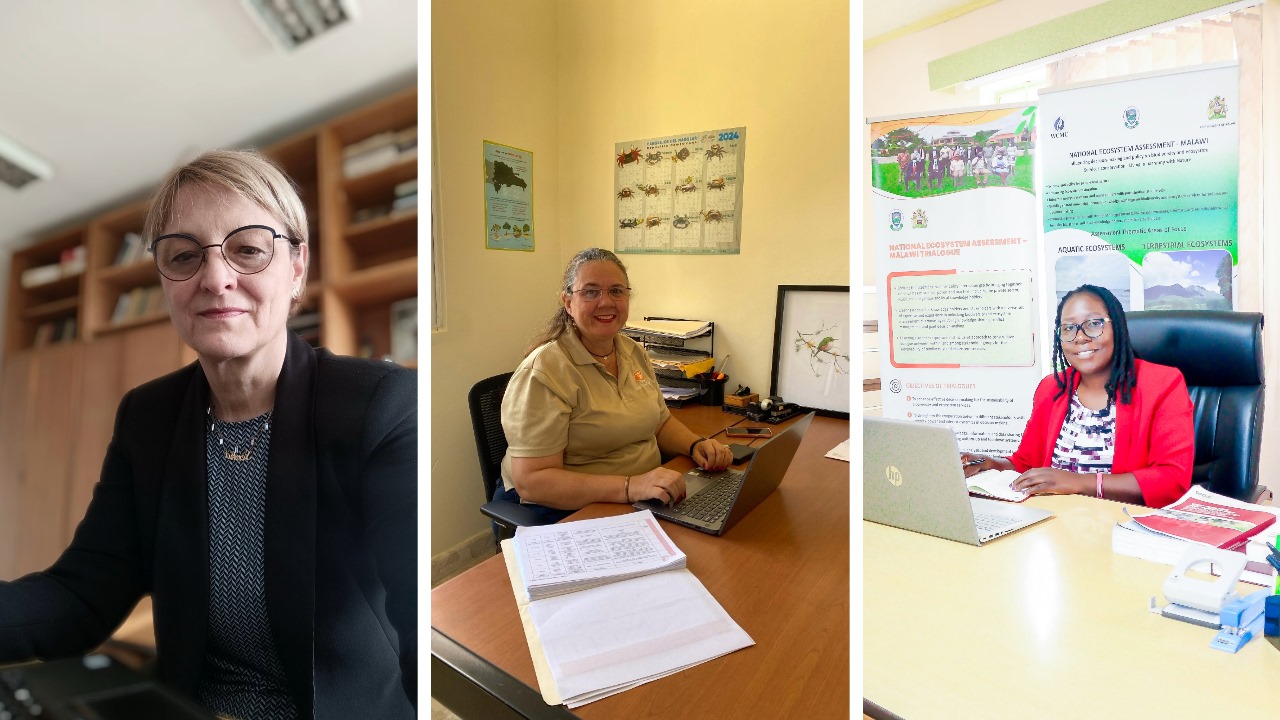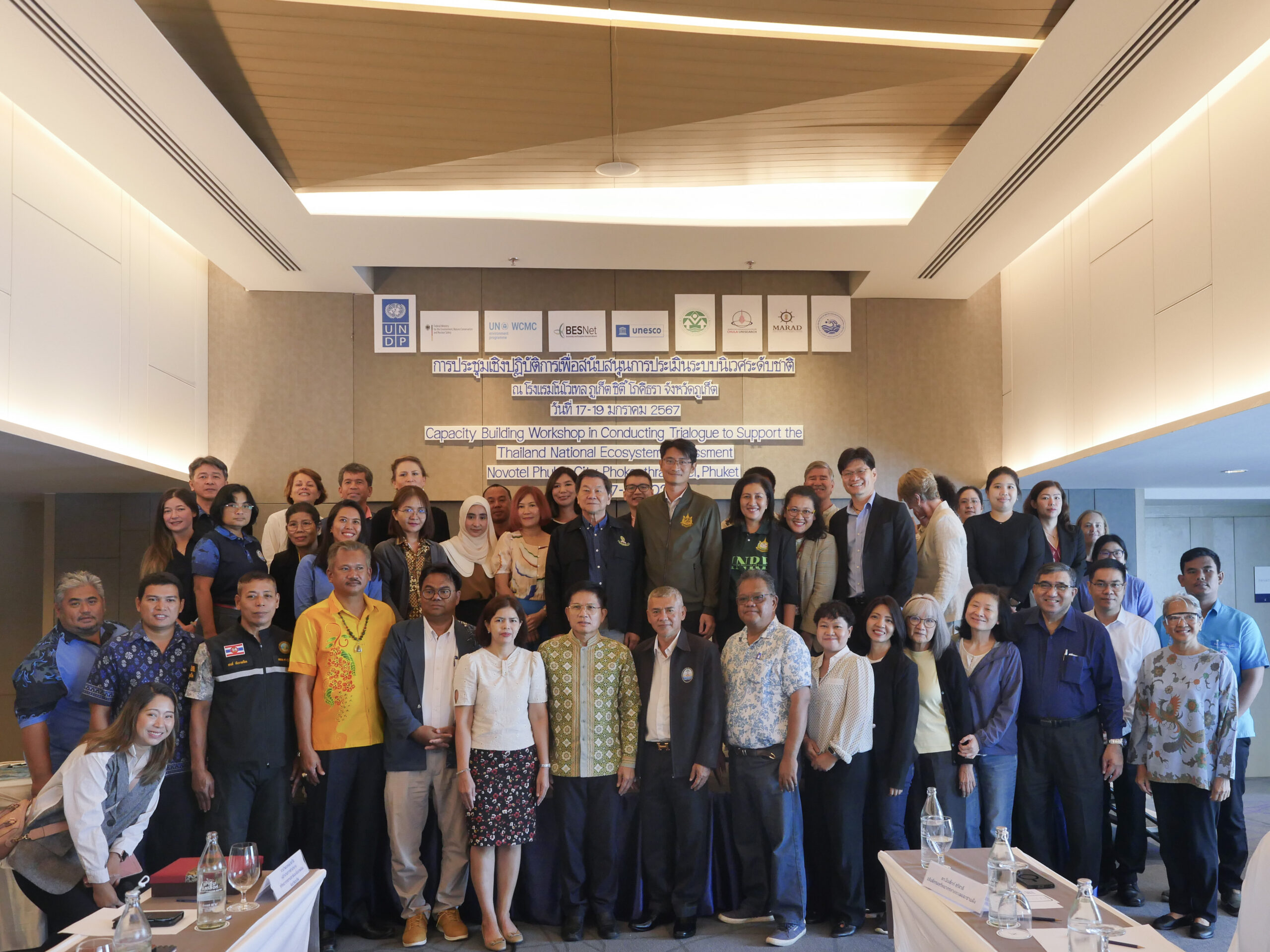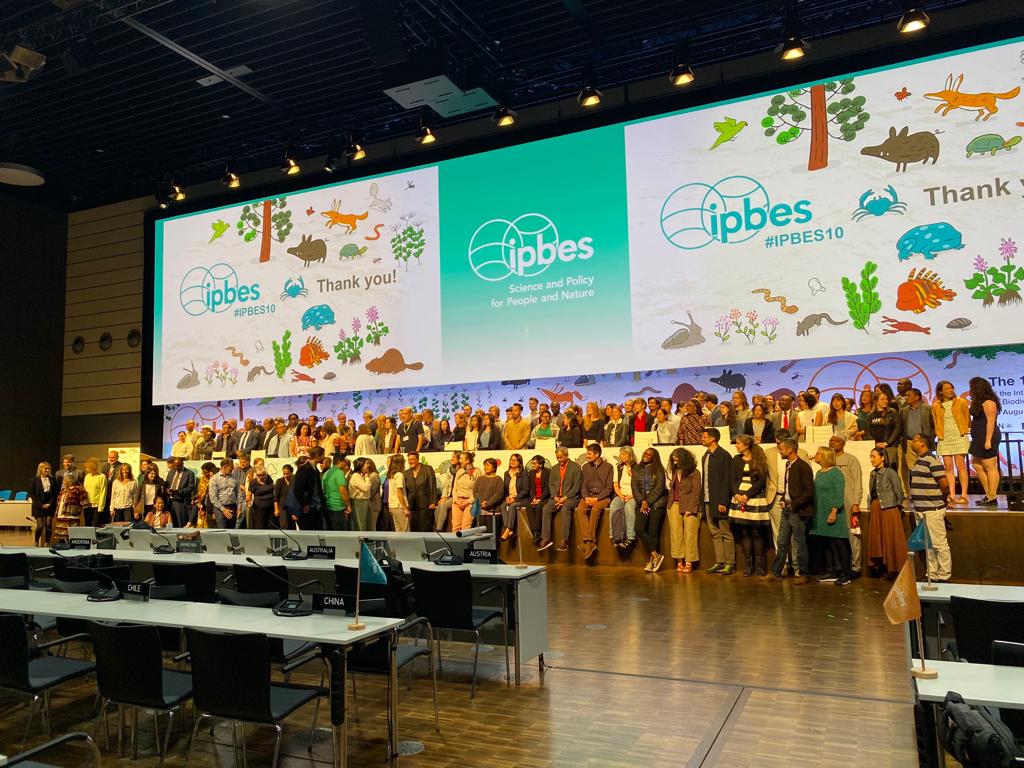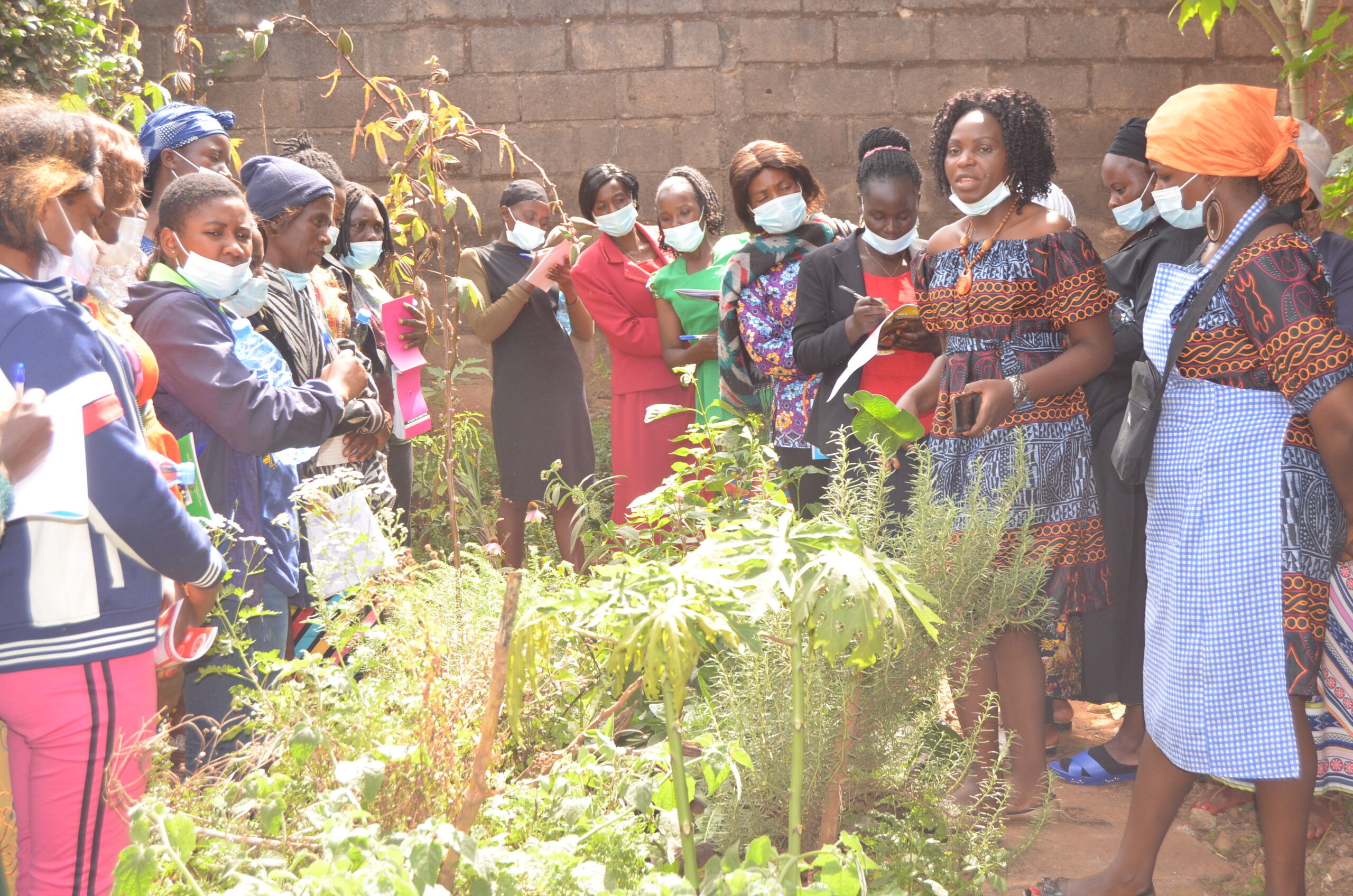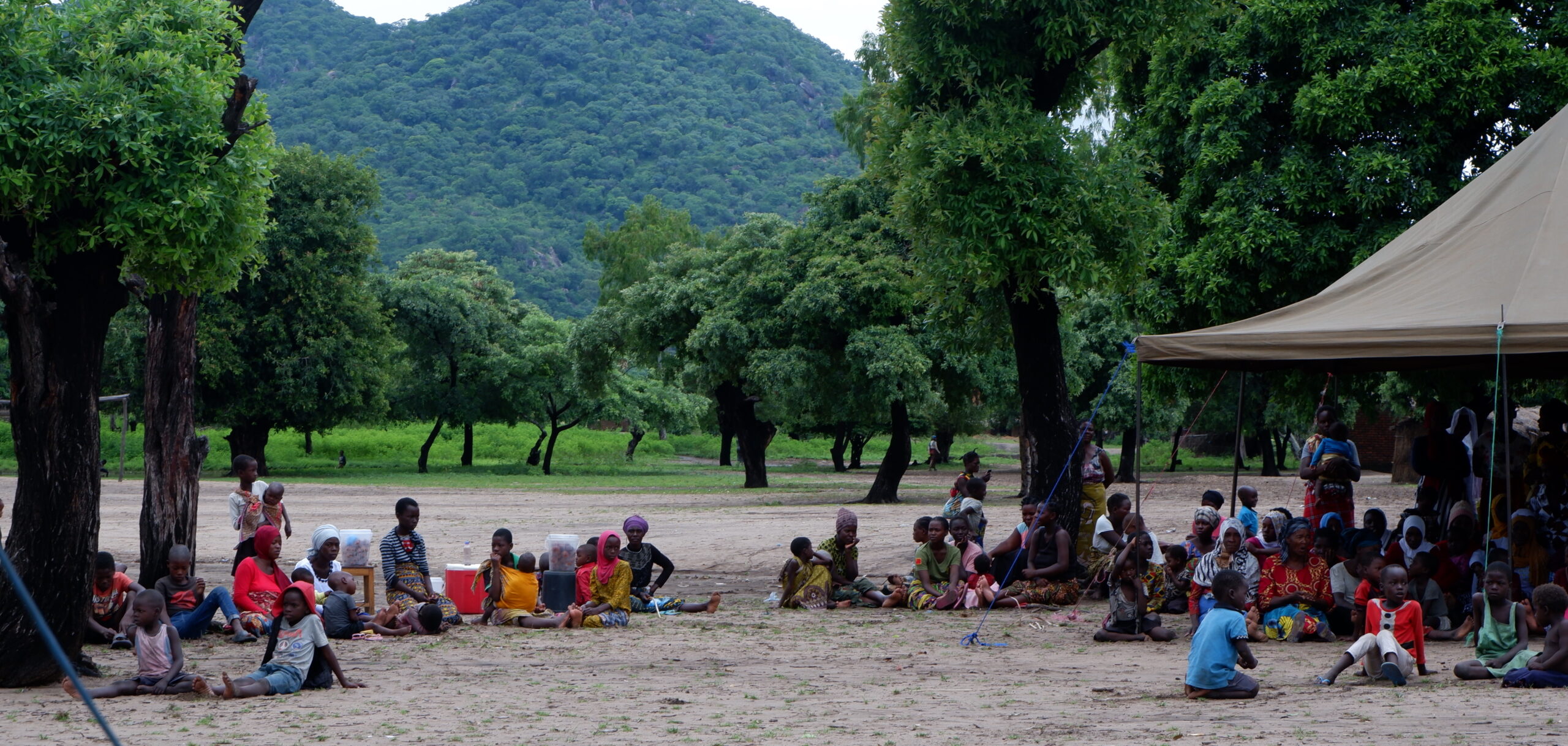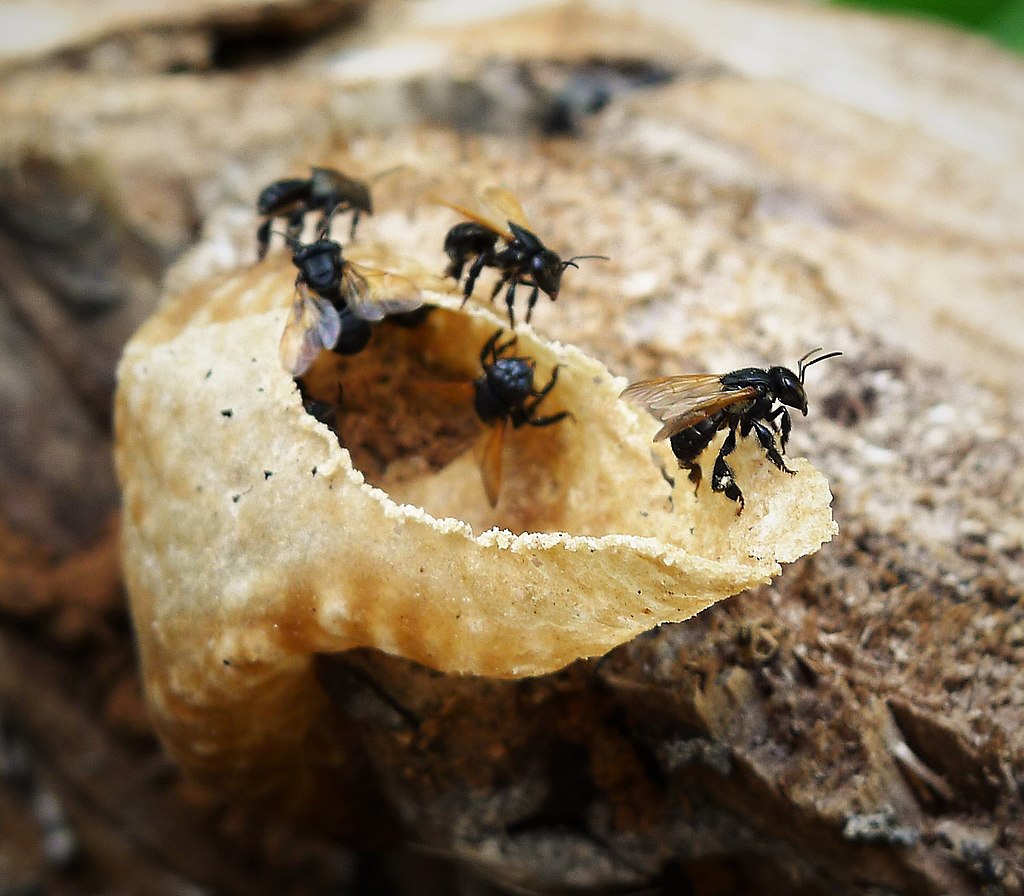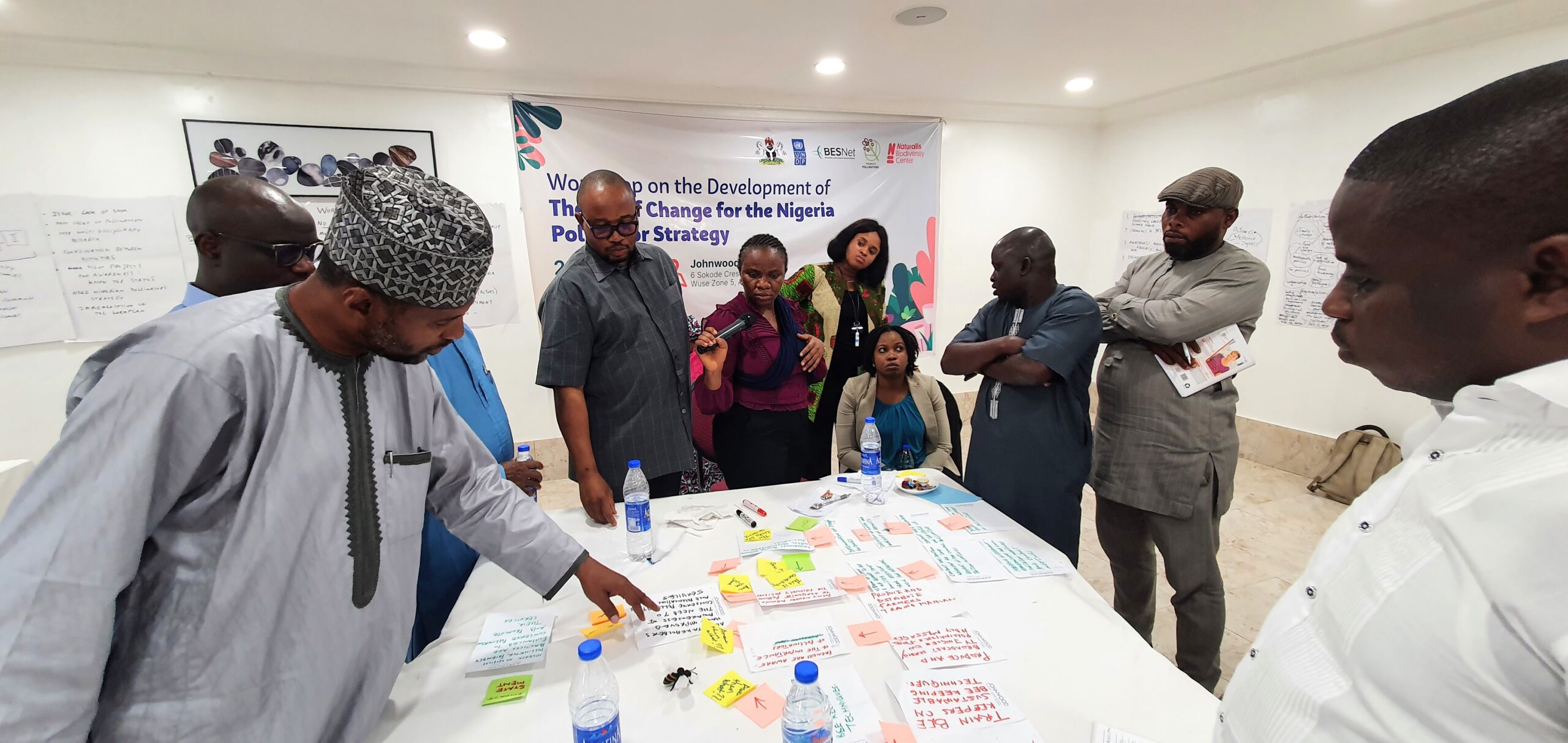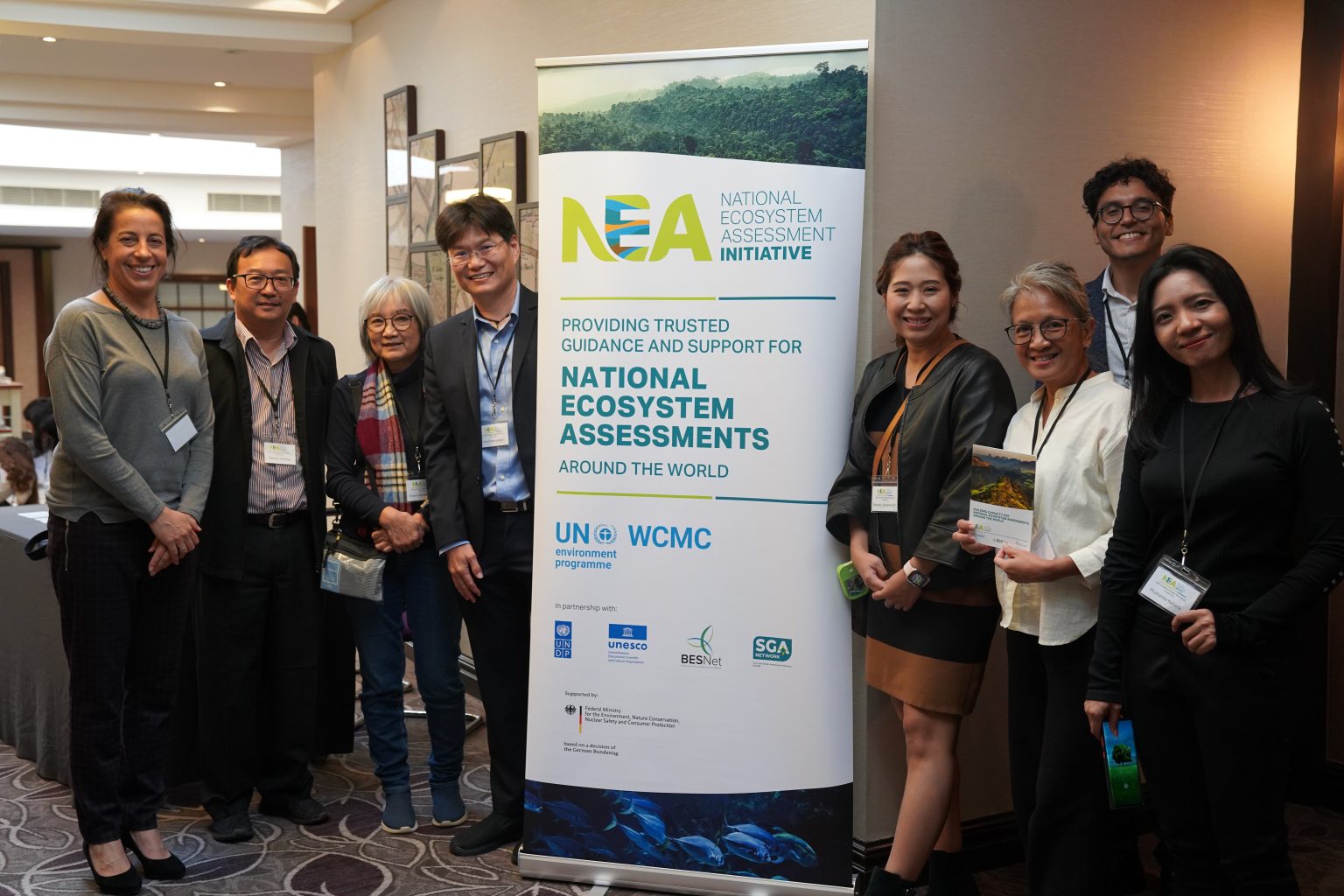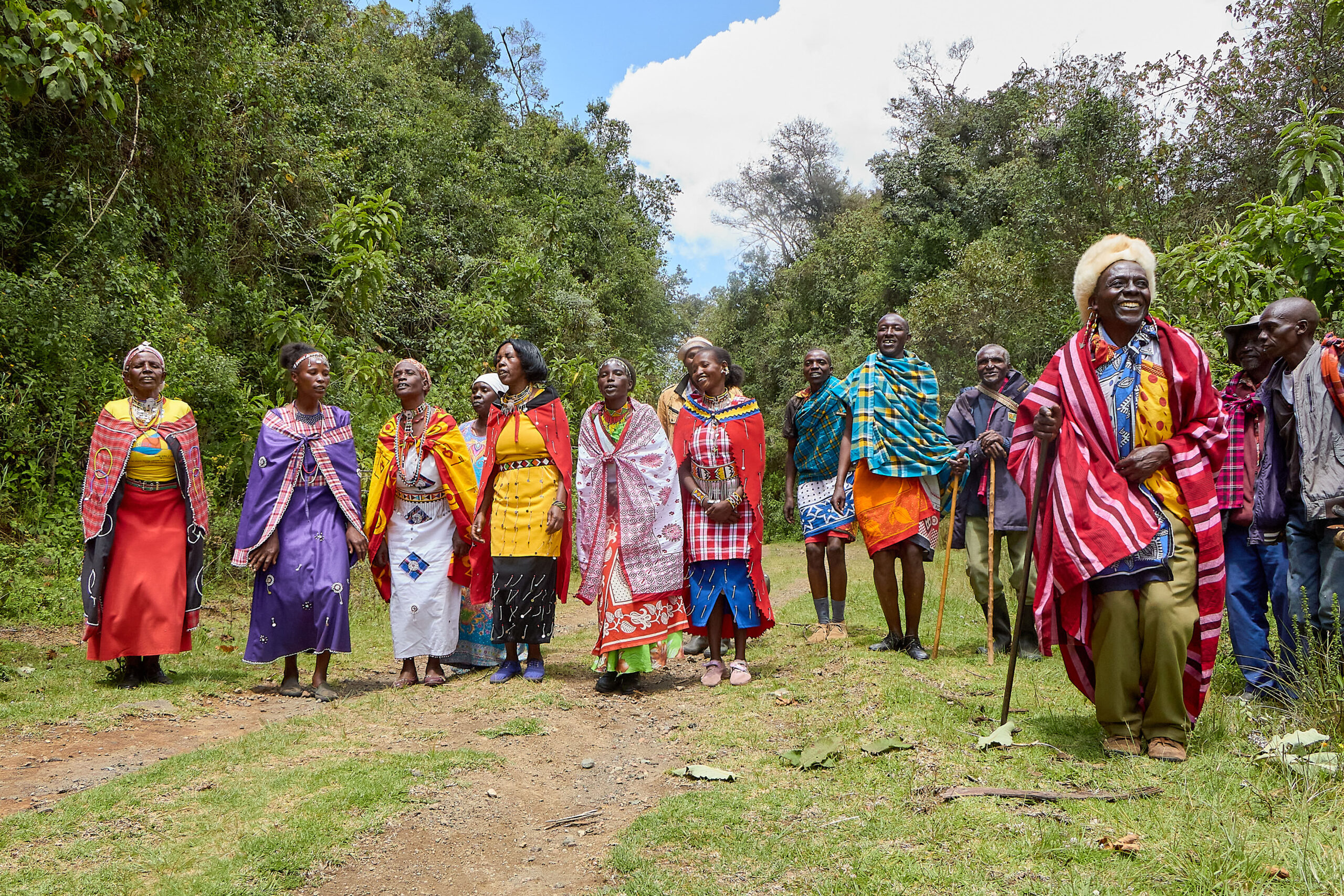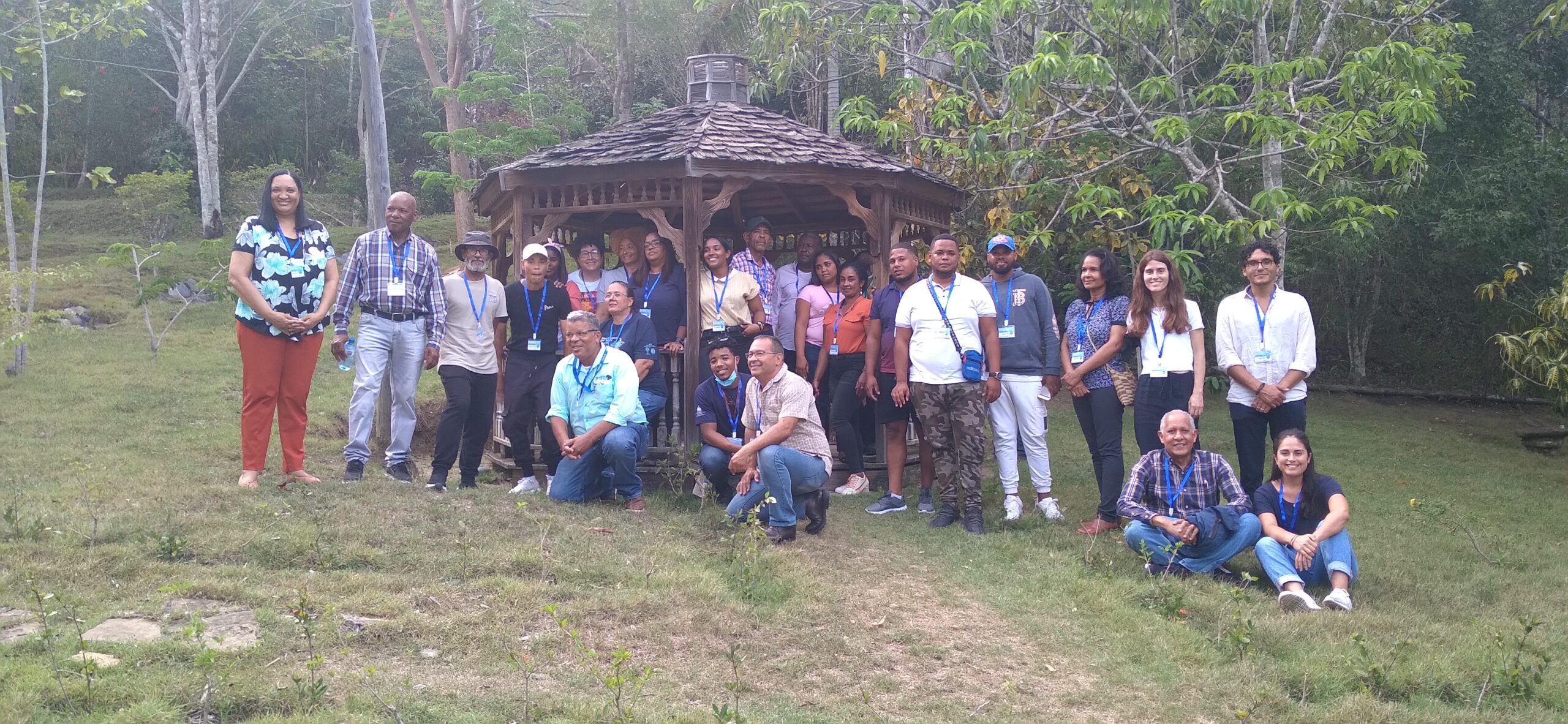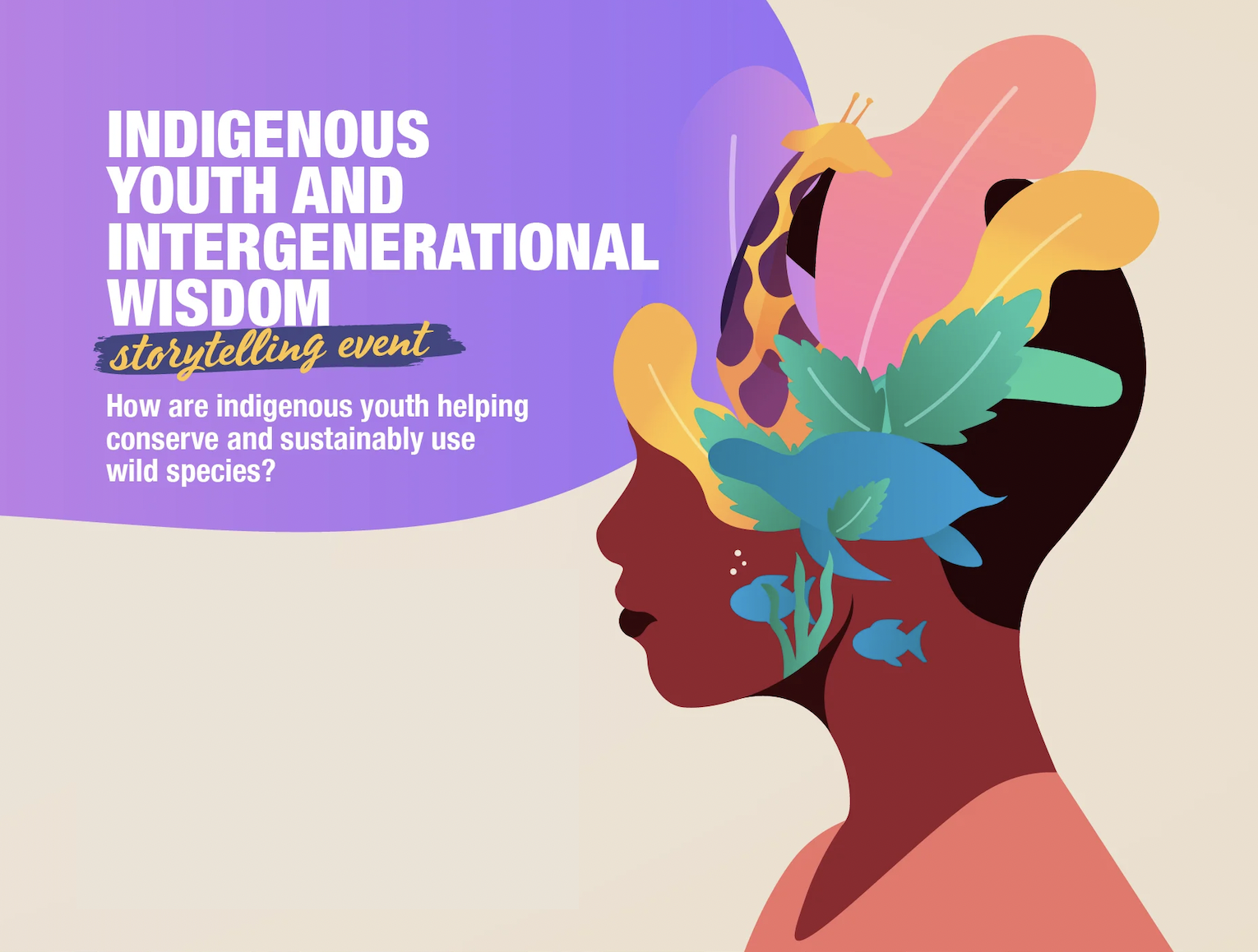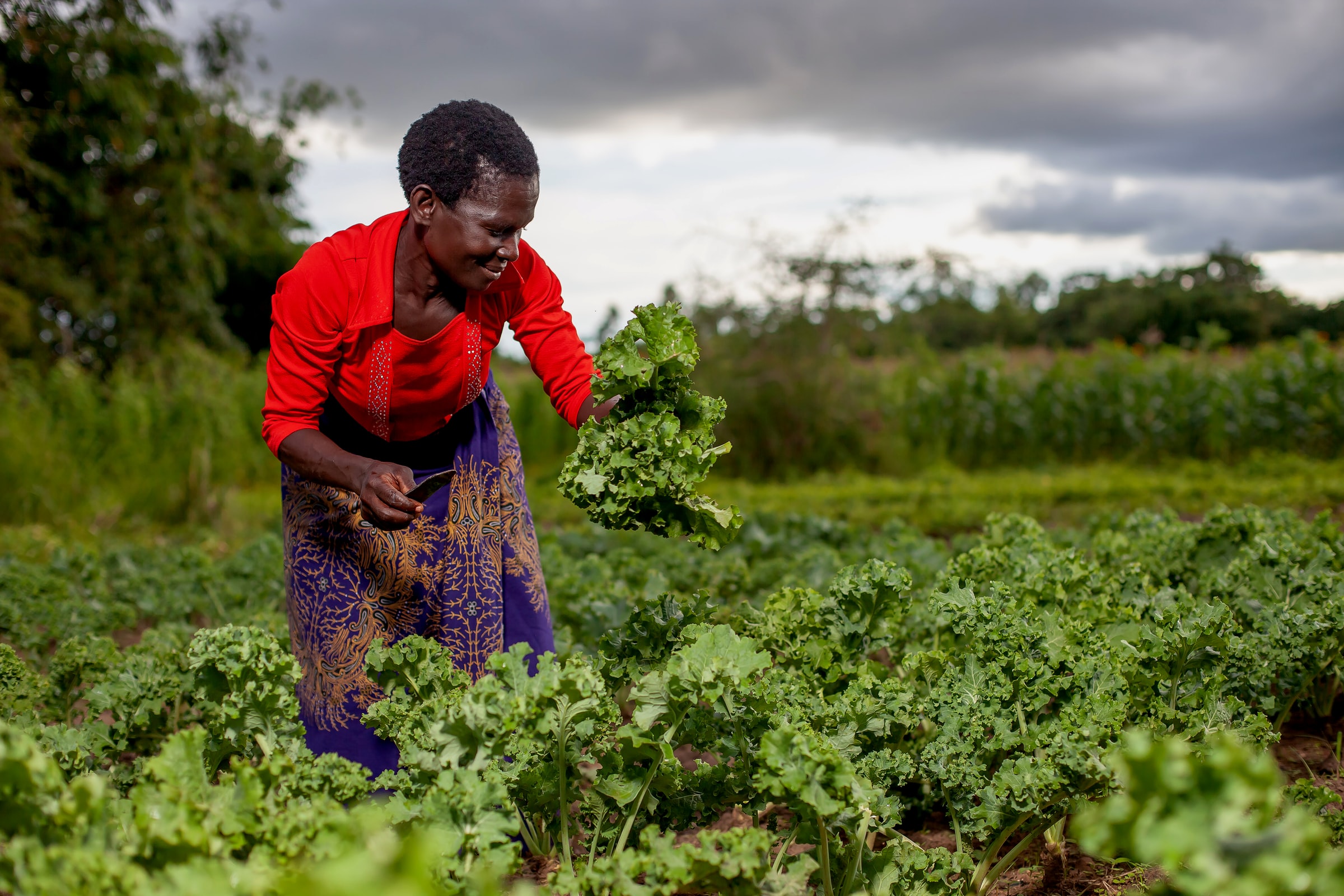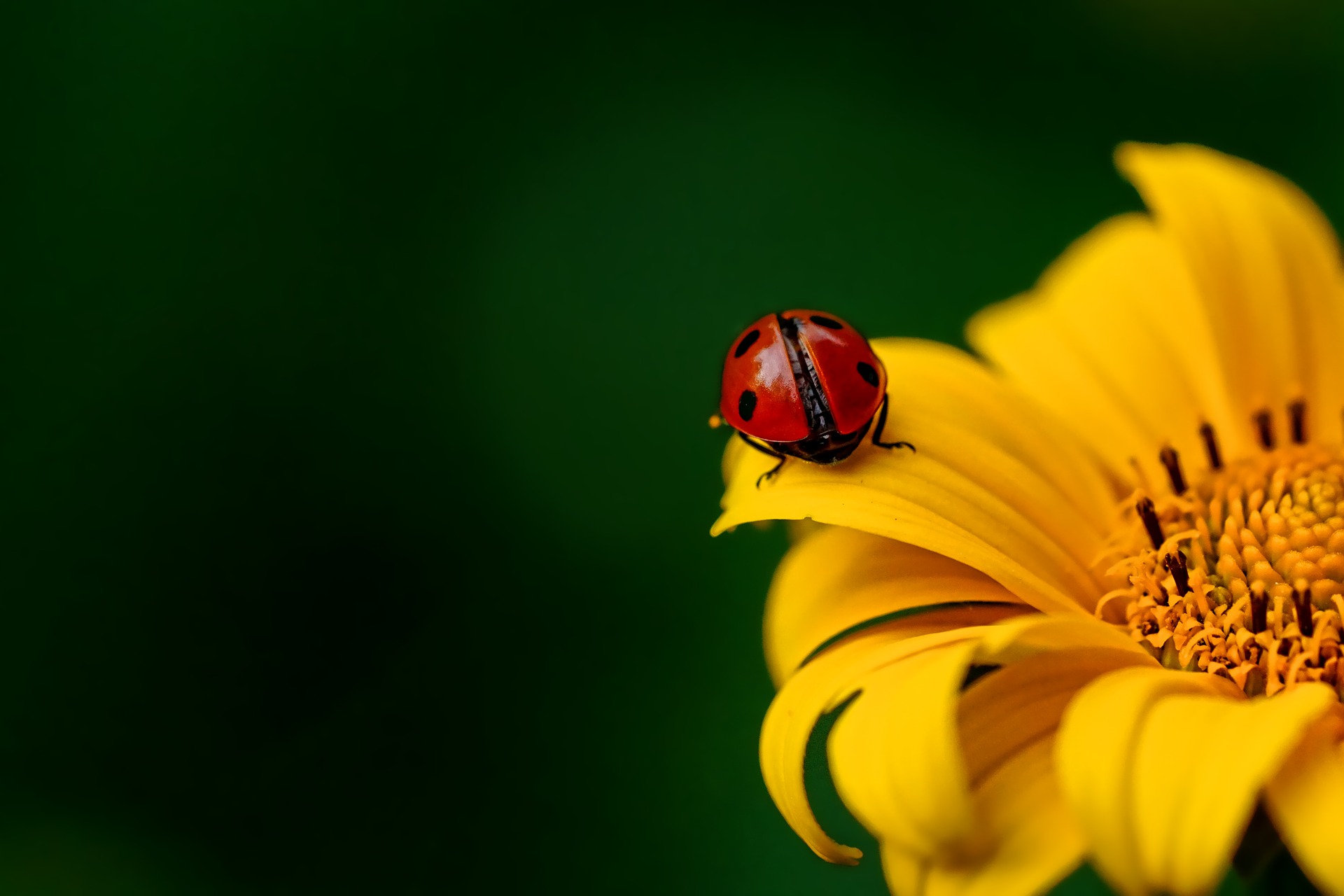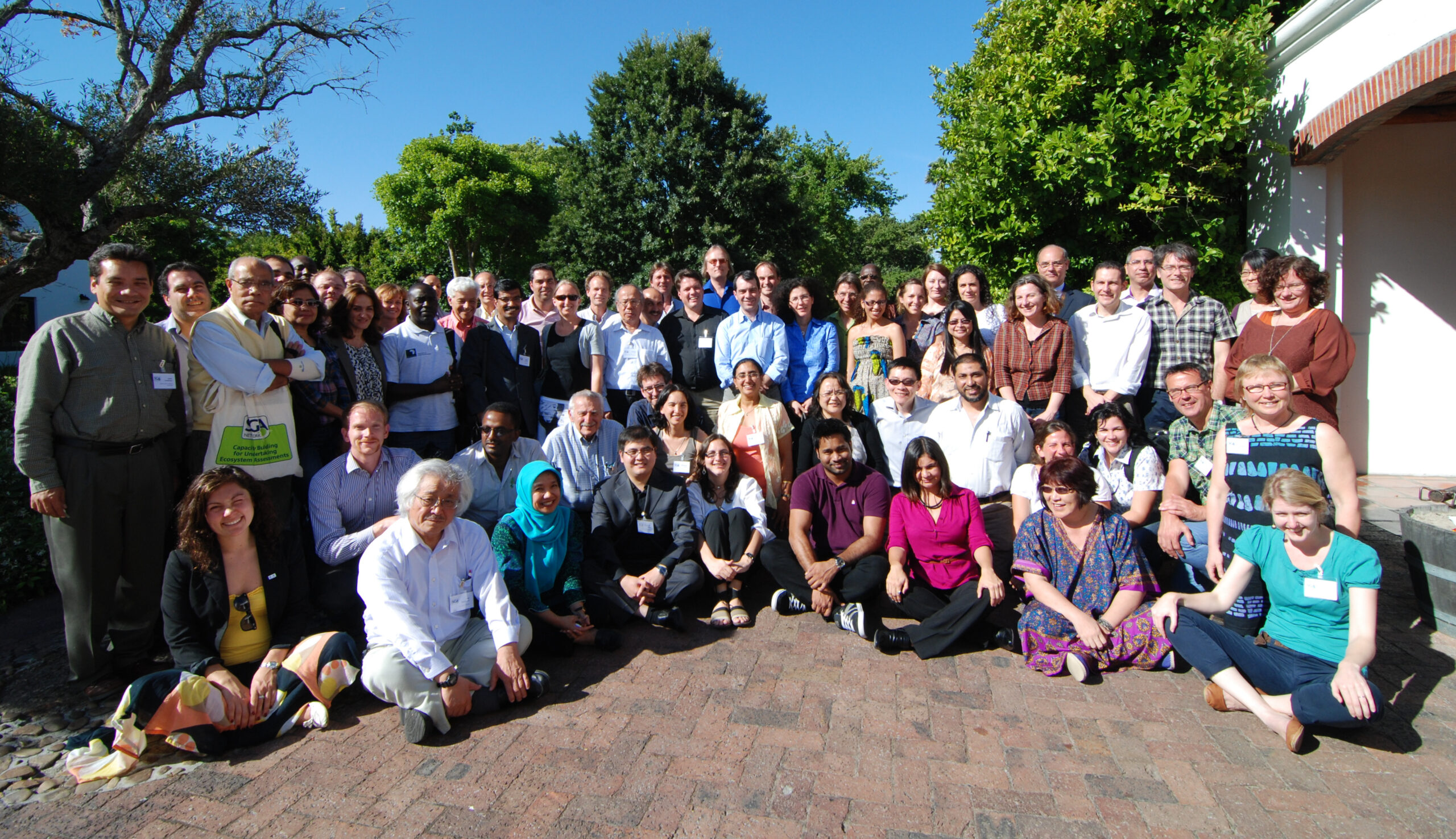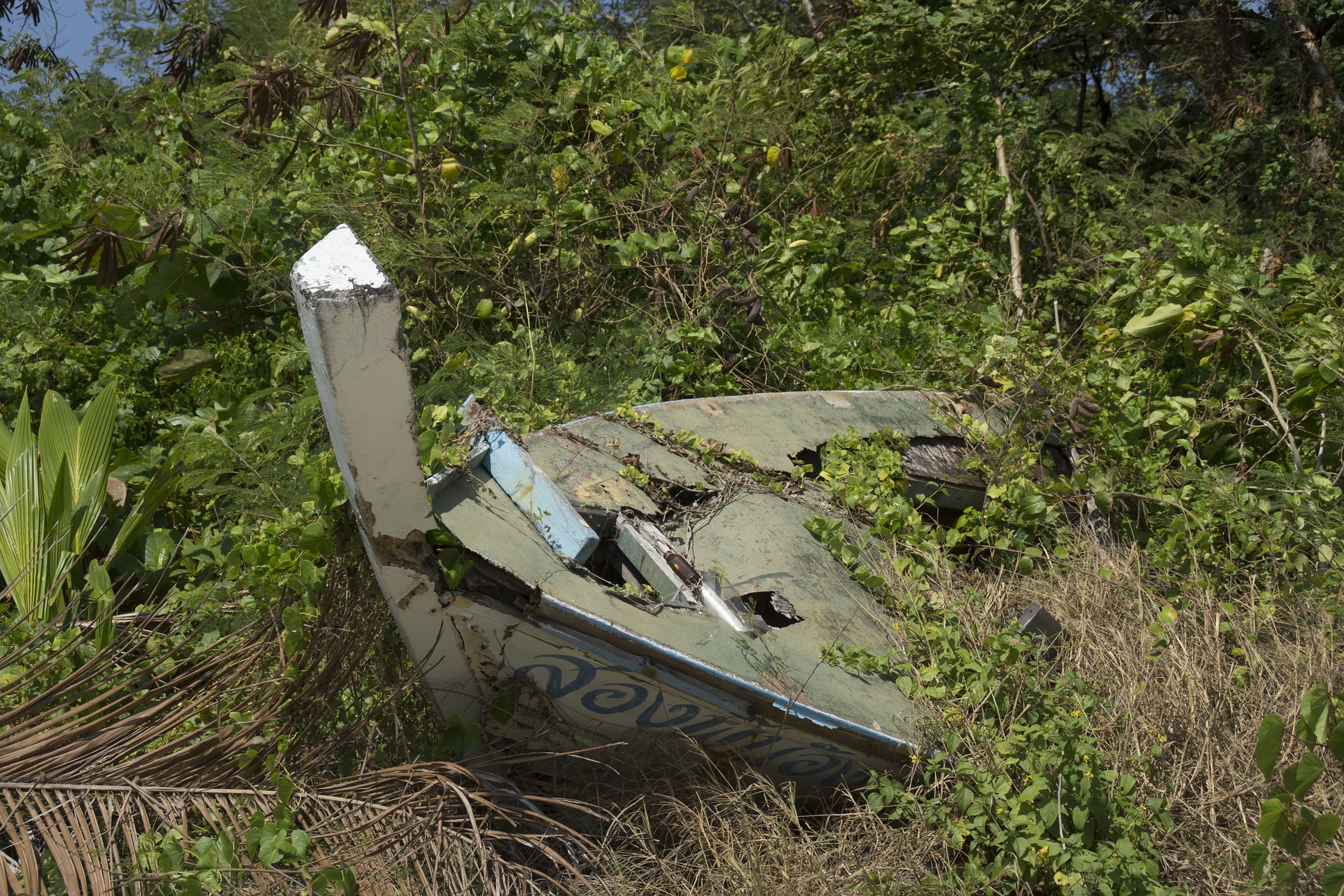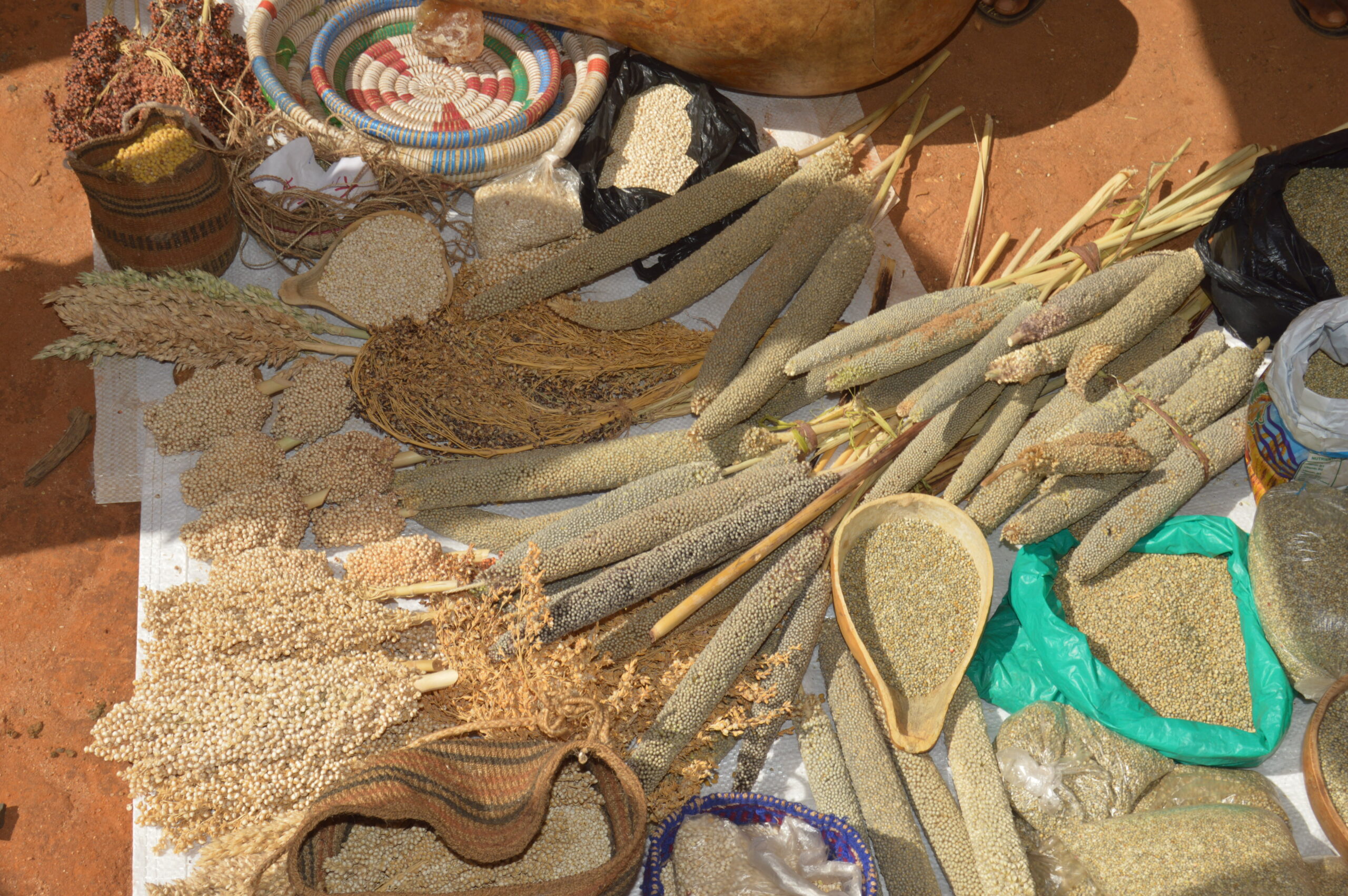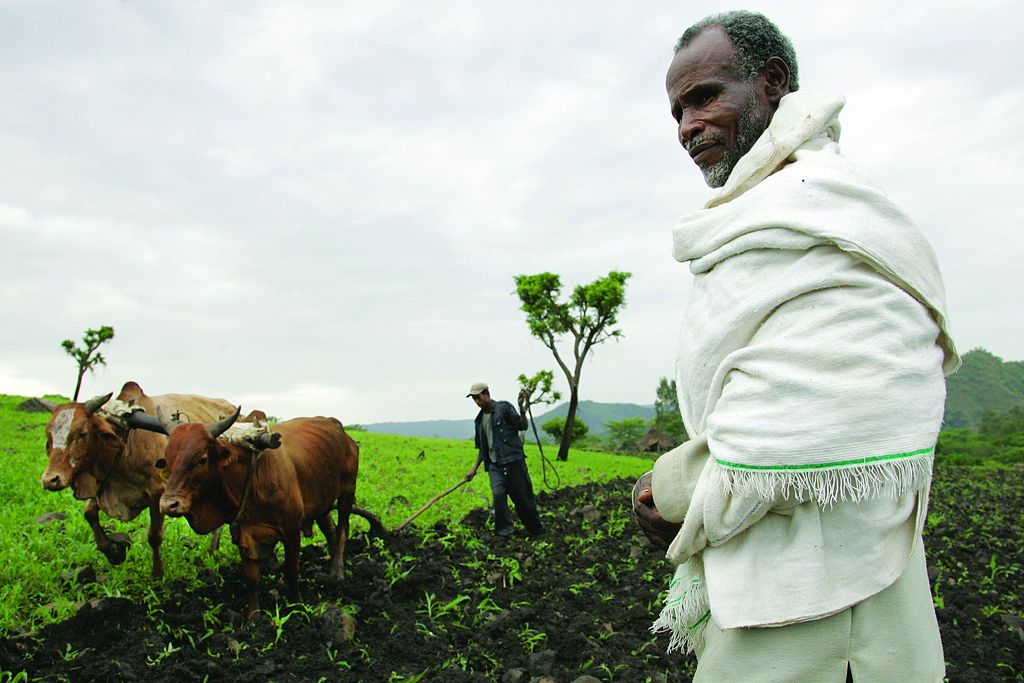Biodiversity is being lost at an unprecedented rate, whilst the outbreaks of zoonotic diseases, infectious diseases that have jumped from a non-human animal to humans, are increasing. In the current context of COVID-19 pandemic, it is imperative to deepen our understanding of the effects of biodiversity loss on zoonotic diseases spillover from a comprehensive approach. The BES-Net Op-Ed series on COVID-19 provides insights into concrete examples of linkage between biodiversity loss and the rise of zoonotic diseases with the aim to help identify more integrated, cross-sectoral, and inclusive policy options that build the health and resilience of people and the planet.
This Op-Ed series #4 is a companion to Op-Ed series #3 and focuses on linkage between biodiversity loss and non-vector-borne infectious diseases outbreak, and the ecological intervention measures to prevent and manage the spillover.
Non-vector-borne infectious zoonotic disease
Non-vector-borne diseases are human illnesses caused from direct contact with the pathogens. Most notable in the context of zoonotic diseases is the hantavirus pulmonary syndrome.
Hantavirus pulmonary syndrome – spillover
The hantavirus pulmonary syndrome is a severe, sometimes fatal, respiratory disease in humans caused by infection with hantaviruses, a group of negative-stranded RNA viruses associated with murid rodents. They can cause severe morbidity and mortality in humans, with case-fatality rates near 40%[1]. Infected rodents shed hantavirus in saliva, urine and faeces; transmission to humans occurs through inhalation of aerosolized excreta, as well as through rodent bites. The risk of human exposure increases as the density and infection prevalence of rodent reservoirs increase[2].
In a field study in Oregon, USA, the only variable significantly linked to infection prevalence in deermouse host populations was mammalian species diversity, with the prevalence of the hantavirus Sin Nombre virus rising from 2% to 14% as diversity declined[3]. A study in Utah, USA also found a negative correlation between small-mammal diversity and Sin Nombre virus infection prevalence in deermouse[4].
Figure 1. Hantavirus transmission (source: www.nature.com)
Ecological interventions to prevent and manage zoonotic pathogen spillover
The ecological processes governing spillover can be described as a series of barriers that a pathogen must overcome to eventually traverse from the vertebrate reservoir to the final spillover host at a particular place and moment in time.[5] Conventional solutions to manage zoonotic spillover, such as culling (temporarily reduces reservoir host density), vaccination (reduces the number of susceptible individuals) and chemical control (e.g. drugs, insecticides and disinfectants) can have adverse consequences such as environmental damage, the evolution of resistance or non-target effects, and are often logistically challenging to implement. Ecological interventions, on the other hand, can control the density, distribution, or infectiousness of vertebrate reservoir hosts; survival or spread of pathogens in the environment; or contact risk, susceptibility or treatment success in the focal spillover host (Table 1).
A prominent example is provided by the ecological intervention to control Nipah virus spillover. In Malaysia and Singapore, culling pigs was effective at managing disease risk for people; however, there was substantial economic fallout, including production losses and the loss of approximately 36,000 jobs from farms that were not re-opened after the pigs were culled[6]. It was soon discovered that the natural reservoirs of the virus included several species of flying fox (i.e. Pteropus spp. bats). An ecological intervention to reduce transmission from bats to pigs was devised as a more sustainable solution to manage spillover: policies were put in place that required fruit trees, which attract bats and were implicated as the pathway for multiple spillover events on the outbreak’s index farm, to be planted a minimum distance from pig sties. Because the pig farming communities were heavily affected by the outbreak and incurred minimal cost from adopting this practice, this relatively simple ecological intervention has prevented further outbreaks of Nipah virus in Malaysia since 1998[7].
Table 1. Examples of reduced biodiversity and increased transmission of pathogens (Adapted from Morand, S. et al., 2014)
| Pathogen | Regions at risk | Endemic region | Host species | Vector |
| West Nile virus | Central Europe, Turkey | Africa, Asia, Europe, Australia | Migratory birds | Mosquitoes |
| Hantavirus | Russia, China, and South Korea | USA, Southern Asia, Belgium | Rodents | None |
| Lyme virus | USA | Rodents and other animals | Ticks | |
| Nipah virus | Asia | Philippines, Malaysia, Bangladesh, Singapore, India | Fruit bats | Pigs |
More broadly, biodiversity itself seems to protect organisms, including humans, from transmission of infectious diseases in many cases. A major challenge will be to untangle the complex ways in which other global anthropogenic trends, such as climate change interact with biodiversity loss to influence disease dynamics, and which of these trends have the greatest impacts on human well-being.
e6467 (2009).



